Gengfu Wang,
Weibo Liu,
Min Li,
Ting Tang,
Qi Zhong,
Guangbo Qu,
Yi Zhou,
Mengyuan Yuan,
Yonghan Li,
Fangbiao Tao,
Puyu Su,
Chaoxue Zhang
, Available online , doi: 10.3967/bes2025.168
Lili Yao,
Ying Cao,
Beibei Yin,
Qiang Liu,
Fusheng Lin,
Xuqiu Cheng,
Ziwei Tian,
Linsheng Yang,
Hongjuan Cao,
Liang Sun,
Fangbiao Tao,
Li Wang,
Guimei Chen
, Available online , doi: 10.3967/bes2026.004
, Available online , doi: 10.3967/bes2026.002
, Available online , doi: 10.3967/bes2025.170
, Available online , doi: 10.3967/bes2025.167
Xin Liu,
Xin Huang,
Jingya Zhang,
Haoran Li,
Ning Zhang,
Yingying Su,
Yang Wang,
Tongyan Liu,
Rengyu Wu,
Jincai Wei,
Bin Zhu
, Available online , doi: 10.3967/bes2025.150
Minghui Zhang,
Yuanfang Qin,
Na zhang,
Yuqiao Liu,
Jun Yang,
Xiaonuo Xu,
Pengcheng Yu,
Shuqing Liu,
Qian Liu,
Xiaoyan Tao,
Wuyang Zhu
, Available online , doi: 10.3967/bes2025.145
, Available online , doi: 10.3967/bes2025.143
, Available online , doi: 10.3967/bes2025.142
, Available online , doi: 10.3967/bes2025.121
Objective Post tuberculosis lung disease (PTLD) manifests in various forms, including tuberculosis-associated chronic obstructive pulmonary disease (TB-COPD), yet the clinical features of PTLD remain undercharacterized. This study aimed to assess longitudinal changes in lung function over a 5-year period and to identify predictors of airflow obstruction in a cohort of patients treated for active pulmonary TB. Methods Patients with active pulmonary TB were enrolled in this study and were followed during treatment, at treatment completion and five years post-treatment. Assessments included lung function and chest CT, analyzing longitudinal trends and airflow obstruction risk factors. Results Among 53 patients (mean age 36.9 ± 13.9 years; 64.2% male), 7 patients (13.2%) exhibited airflow obstruction. At the 5-year follow-up, the mean FEV1/FVC declined significantly (76.27% ± 12.04% vs. 80.23% ± 11.02%, P < 0.001) and 9 patients (17.0%) exhibited airflow obstruction. Seven of these patients predominantly showed air trapping consistent with small airway disease on chest CT, aligning with TB-COPD phenotype. Notably, four young-to-middle-aged patients (< 60 years old) had persistent obstruction over the five years. Conclusion The initial test revealed that 13.2% of patients presented with airflow obstruction. By the 5-year follow-up, this proportion had increased to 17.0%, with most cases demonstrating imaging findings aligning with TB-COPD, even among younger, non-smoking individuals. These findings emphasize the importance of long-term follow-up and routine lung function assessments in TB survivors.
, Available online , doi: 10.3967/bes2026.005
Objective To investigate the association between thyroid hormone sensitivity indices and metabolic dysfunction-associated fatty liver disease (MAFLD) in euthyroid Chinese adults. Methods This cohort study included 5,356 euthyroid patients. The peripheral and central thyroid hormone sensitivity indices were calculated. Cox regression models were used to evaluate associations with MAFLD risk, and restricted cubic splines were used to assess potential nonlinearity. Mediation analyses based on an accelerated failure-time model were used to examine the role of the triglyceride-glucose (TyG) index. Results MAFLD incidence in euthyroid participants was 18.26%. After adjustment, higher free thyroxine (FT4) levels were inversely associated with MAFLD (HR = 0.973, 95% CI: 0.948 to 0.999, P = 0.043), whereas higher free triiodothyronine (FT3) levels increased MAFLD risk (HR = 1.118, 95% CI: 1.000 to 1.250, P = 0.050). Enhanced thyroid hormone sensitivity, as reflected by elevated FT3/FT4 levels and lower thyrotrophic T4 resistance index (TT4RI), thyroid stimulating hormone index (TSHI), and thyroid feedback quantile-based index (TFQIFT4), was also associated with a higher incidence (all P < 0.05). Mediation analyses indicated that TyG partially mediated the FT3/FT4–MAFLD and TFQIFT4–MAFLD associations, with indirect effects of -96.27 (95% CI: -124.67 to -70.42) and -4.95 (95% CI: -8.29 to -2.10), respectively. Conclusion Increased FT3/FT4 and decreased TFQIFT4 levels were significantly associated with a higher MAFLD risk in euthyroid adults, with TyG acting as a partial mediator.
Fangfei You,
Yining Gao,
Wenfang Zhong,
Zhihao Li,
Jian Gao,
Dong Shen,
Xiaomeng Wang,
Weiqi Song,
Qi Fu,
Haoyu Yan,
Jiahao Xie,
Huan Chen,
Hao Yan,
Chen Mao
, Available online , doi: 10.3967/bes2025.165
Objective Elevated depressive symptoms are well-documented among geriatric adults with cardiovascular disease (CVD); however, few studies have accounted for long-term cumulative depressive symptom exposure. This study determined the relationship between cumulative depressive symptoms and CVD.Methods Individual participant data were obtained from the China Health and Retirement Longitudinal Study (CHARLS) and Health and Retirement Study (HRS). Eligible participants had access to assessment information on depressive symptoms and had no history of CVD at baseline. Long-term cumulative depressive symptoms were estimated by calculating the area under the curve based on the Center for Epidemiological Studies Depression Scale.Results Herein, 8,861 participants from CHARLS (mean age: 58.58 years; male: 48.6%) and 7,284 from HRS (60.94 years; 35.0%) were enrolled. The median follow-up period was 5 years for the CHARLS and 10 years for the HRS. Compared with the first quartile of cumulative depressive symptoms, the HRs (95% CI) in the fourth quartile were 1.73 (1.48, 2.02) for predicting CVD (P < 0.001), 1.83 (1.52, 2.19) for heart disease (P < 0.001), 1.53 (1.17, 1.99) for stroke (P = 0.002) in CHARLS. For HRS, the HRs (95% CI) were 1.41 (1.27, 1.57; P < 0.001), 1.42 (1.26, 1.59; P < 0.001), and 1.30 (1.06, 1.58; P = 0.010) respectively. Strong dose-response relationships were observed, with similar results for the two cohorts.Conclusion Long-term cumulative depressive symptoms were significantly associated with incident CVD in middle-aged and older adults, providing insights into controlling long-term depressive symptoms to improve this cohort’s health.
, Available online , doi: 10.3967/bes2025.162
Objective Previous Mendelian randomization (MR) studies have suggested an association between the gut microbiome and metabolic - associated fatty liver disease (MAFLD). However, the reliance on 16S rRNA sequencing data has led to inconsistent findings and limited species-level insights. To address this, we conducted a de novo MR analysis using species-level shotgun metagenomic data, combined it with a meta-analysis to consolidate the existing evidence, and explored metabolite-mediated pathways. Methods Bidirectional MR analyses were performed between 883 gut microbiota taxa (derived from shotgun metagenomic genome-wide association study) and MAFLD. Published MR studies (up to December 1, 2024) were identified using PubMed, Embase, Web of Science, and the Cochrane Library for meta-analysis. Multivariable MR (MVMR) and mediation analyses were applied to assess the mediating effects of 1,400 blood metabolites. Results The de novo MR identified 25 MAFLD-associated microbial taxa. Integration with 7 published studies revealed 34 causal taxa, including 10 at the species level. Among the 1,400 metabolites, 53 showed causal links with MAFLD. MVMR and mediation analyses identified deoxycholate as a mediator of the effect of Bifidobacterium on MAFLD risk (22.06% mediation proportion). Conclusion This study elucidated the connections between species-level gut microbiota and MAFLD, highlighting the interplay between microbiota, metabolites, and disease pathogenesis. These findings provide novel insights into the potential therapeutic targets for MAFLD.
Weihua Cao,
Yaqin Zhang,
Ziyu Zhang,
Xinxin Li,
Wen Deng,
Shiyu Wang,
Xin Wei,
Linmei Yao,
Zixuan Gao,
Shuojie Wang,
Lu Zhang,
Yao Lu,
Ruyu Liu,
Shuling Wu,
Yuanjiao Gao,
Hongxiao Hao,
Yao Xie,
Minghui Li
, Available online , doi: 10.3967/bes2025.161
Objective To analyze the diagnostic efficacy of lipid-related insulin resistance (IR) markers in patients with nonalcoholic fatty liver disease (NAFLD) and metabolic abnormalities (MA). Method Patients with NAFLD with MA, non-NAFLD patients with MA, and patients with NAFLD without MA underwent liver biopsy. Homeostasis model assessment of insulin resistance (HOMA-IR), triglyceride/high-density lipoprotein cholesterol (TG/HDL-C), visceral obesity index (VAI), lipid accumulation product (LAP), and triglyceride glucose (TyG) index were analyzed. The diagnostic efficacy of these indicators of NAFLD was also evaluated. Results In the NAFLD-MA group, BMI, HOMA-IR, LAP, VAI, TyG index, and TG/HDL-C ratio were higher than those in the non-NAFLD-MA group (P < 0.001). Logistic regression indicated that BMI and TyG index were independent risk factors for NAFLD. Receiver Operating Characteristic (ROC) curves analysis revealed that the Area Under the ROC Curve (AUC) for TyG-BMI was 0.819, and the optimal cutoff for NAFLD was TyG-BMI 39.77. For patients with NAFLD with or without MA, logistic regression analysis suggested that age, TG level, and TyG index were independent risk factors. The area under the ROC curve showed that AUC for the TyG index was 0.724. The optimal cutoff for NAFLD-non MA was a TyG index of 1.580. Conclusion TyG index has diagnostic value in both types of NAFLD; however, TyG-BMI is better in patients with NAFLD with MA and may be an effective screening indicator alone in patients with NAFLD without MA.
, Available online , doi: 10.3967/bes2025.160
Objective The study aims to prospectively examine the association between the Minimum Dietary Diversity for Women (MDD-W) score and risk of gestational diabetes mellitus (GDM). Methods All participants were pregnant women enrolled in the Tongji Maternal and Child Health Cohort. Dietary intake was assessed using a food frequency questionnaire (FFQ) or 24-h dietary recall. The MDD-W score was constructed by categorizing all food items into 10 food groups, following the Food and Agriculture Organization guidelines. Oral glucose tolerance tests (OGTT) were conducted during 24-28 weeks of gestation to screen for GDM. Poisson regression models were used to assess the association between MDD-W scores and GDM risk. Results In total, 357 (11.8%) of the 3026 women were diagnosed with GDM. Compared with participants whose MDD-W score was ≥ 8, those with a score of 5-7 had an increased risk of GDM (relative risk (RR): 1.32; 95% confidence interval (CI): 1.03, 1.69), and those with a score ≤ 4 had a significantly higher GDM risk (RR: 1.58; 95% CI: 1.12, 2.26). Furthermore, these findings indicate that pregnant women with MDD-W scores < 8, in conjunction with being overweight or obese before pregnancy and excessive gestational weight gain, have the highest risk of developing GDM. Conclusions These data suggest that a higher MDD-W score during pregnancy is independently associated with a lower GDM risk. Therefore, promoting dietary diversity and weight management is recommended to protect pregnant women from developing gestational diabetes.
, Available online , doi: 10.3967/bes2025.159
Objective To determine the proportions of drug-resistant tuberculosis (TB), its trends, and the drug resistance-conferring mutations among patients with pulmonary TB aged 10–24 years in China. Methods The data of patients with pulmonary TB were retrieved from a national drug-resistant TB survey for analysis. Joinpoint regression software was used to analyze time trends. We also used whole genome sequencing to analyze the lineages and drug resistance-conferring mutations of 621 isolates. Results Among 4,235 patients with pulmonary TB, the proportion of new cases of multidrug-resistant tuberculosis (MDR-TB) was 3.18% (95% confidence interval [CI]: 2.37–4.15) for adolescents and 3.76% (95% CI: 3.03–4.60) for young adults; for previously treated patients, MDR-TB accounted for 11.25% (95% CI: 5.28–20.28) of adolescents and 11.05% (95% CI: 6.88–16.55) of young adults. The proportion of patients with MDR-TB remained stable among both new and previously treated patients aged 10–24 years during the study period. Through whole genome sequencing, we found that the most common mutations in the MDR-TB strains were Ser315Thr in the katG gene (71.74%) and Ser450Leu in the rpoB gene (50.00%). Conclusion This study revealed a high proportion of MDR-TB among adolescents and young adults, indicating that urgent and comprehensive measures are needed to reduce the emergence and transmission of drug-resistant TB among this population in China.
, Available online , doi: 10.3967/bes2025.146
Objective Stroke is the third leading cause of death worldwide, with the highest incidence in Asia, particularly in China, where smoking remains a major risk factor. The smoking prevalence in China is similar to that in Asia. Whether the risk estimates for smoking-related stroke in China and all Asian countries are still unknown is worth evaluating. Thus, this study aims to compare the Relative Risk (RR) of smoking-attributed stroke among the Chinese and Asian populations. Methods A literature search was conducted from the inception to September 10, 2022. Studies meeting the criteria were included. The articles were screened, and related information was extracted. Pooled RRs stratified by smoking status and sex as well as their subgroups in China, other Asian countries, and Asia, were analyzed. Finally, publication bias and sensitivity analyses were conducted. Results Approximately 37 Chinese and 15 articles from other Asian countries were included, with a mean Newcastle-Ottawa scale (NOS) score of 7.25. About ever smokers, there had no statistical difference existed in both sexes and females between China and other Asian countries, while the RR of males in other Asian countries (2.31 (1.38, 3.86)) was in higher than China (1.21 (1.15, 1.26)); further subgroup analysis indicated that other Asian countries had higher RR 3.76 (3.02, 4.67) in the morbidity subgroup. The RRs of both sexes, males and females, between China and the whole of Asia were not statistically different. As for current and former smokers, no meaningful statistical difference was observed in the pooled RRs of both sexes, males and females, in China, other Asian countries, and all of Asia. Conclusion The RR of males ever smokers in China was smaller than that in other Asian countries due to the few articles of morbidity subgroup, but had no statistical difference with the whole of Asia; other groups of ever smokers, current smokers, and former smokers were not statistically significant with other Asian countries or the whole of Asia.
, Available online , doi: 10.3967/bes2025.144
Objective To develop hemoglobin (Hb) percentiles and thresholds for defining anemia among infants aged 0–5 months in China. Methods The National Nutrition and Health Systematic Survey for children aged 0–17 years in China, a nationwide cross-sectional study, was conducted between 2019 and 2021. Hb levels were measured in infants using the HemoCue 201+ analyzer. Age- and sex-specific Hb distributions were constructed for “healthy infants,” defined as those with adequate iron reserves at birth, exclusive breastfeeding, normal weight-for-age Z-score and weight growth velocity, normal neuropsychological development, and absence of acute or chronic diseases. A generalized additive model for location, scale, and shape was applied to fit the Hb percentiles. The 5th percentile of the Hb distribution was defined as the threshold for anemia. Results A total of 10,174 infants aged 0–5 months participated in the study, among whom 2,155 healthy infants were included in the analysis. Hb levels peaked at birth, gradually decreased to a nadir around 60 days after birth, and then rose to a plateau. The Hb thresholds defining anemia were 102.7 g/L, 96.3 g/L, 92.8 g/L, 95.4 g/L, 97.1 g/L, and 95.8 g/L for the 0-, 1-, 2-, 3-, 4-, and 5-month age groups, respectively. Conclusion This study establishes hemoglobin thresholds for defining anemia in infants aged 0–5 months based on a nationwide, population-based dataset in China.
, Available online , doi: 10.3967/bes2025.141
Objective This study investigates the global, regional, and national cardiovascular disease (CVD) burden caused by household air pollution (HAP) from 1990 to 2021 across regions, time periods, sexes, and age groups. Methods The global CVD mortality and disability-adjusted life years (DALYs) attributable to HAP are analyzed to assess their current status and historical trends. Quantitative methods are used to assess health inequalities. Projections up to the year 2040 are made using the Nordpred method. Results In 2021, 0.758 million deaths and 18.175 million DALYs were attributed to HAP-related CVD, with age-standardized rates (ASR) for mortality and DALYs of 8.950 and 210.354 per 100,000 individuals, respectively. The disease burden increased with age and was higher in men. While mortality and DALYs rates have decreased over the past three decades, with more significant reductions in low- and middle-income regions, health inequalities persist despite improvements. Projections indicate a slow increase in the CVD burden attributable to HAP by 2040, even as the per capita rates decline. Conclusion Although significant reductions in CVD attributable to HAP have occurred globally, particularly in low- and middle-income countries, disparities persist. Health inequalities have improved but remain significant. As the global population grows and ages, total cases will increase, highlighting the need for continued, targeted interventions.
Milan Jia,
Chenxia Zhou,
Hui Li,
Jing Lan,
Wenbo Zhao,
Lingyun Jia,
Sijie Li,
Changhong Ren,
Chen Zhou,
Lu Liu,
Xunming Ji
, Available online , doi: 10.3967/bes2025.118
Objective Cerebral venous outflow disorders (CVOD) can impair cerebral perfusion and produce diverse, often debilitating symptoms, substantially reducing quality of life. Intermittent hypoxia–hyperoxia training (IHHT) has demonstrated therapeutic potential across various pathologies and may represent a promising non-pharmacological approach for CVOD management. Methods Patients with imaging-confirmed CVOD underwent 14 IHHT sessions, each comprising four cycles of 10-minute hypoxia (11% O2) stimulation and 20-minute hyperoxia (38% O2). Physiological parameters and adverse events were monitored throughout the intervention. Clinical scales, 24-hour ambulatory blood pressure, blood tests, jugular ultrasound, and perfusion imaging were assessed pre- and post-intervention. Results No participants experienced intolerable discomfort or severe adverse events; vital signs remained within normal ranges. No significant changes were observed in 24-hour blood pressure, blood cell counts, lipid profiles, or other blood markers. Notably, 60% of patients (n = 12) reported overall symptom improvement on the Patient Global Impression of Change scale. Headache severity, as measured by the visual analogue scale, significantly decreased (6.33 ± 1.22 vs. 4.89 ± 2.03, P = 0.016). In patients with internal jugular vein (IJV) stenosis, significant improvements were observed in regional cerebral blood flow (including the insula, occipital lobe, internal capsule, and lenticula) and left J3-segment IJV flow volume (107.27 [47.50, 160.00] vs. 140.83 [55.00, 210.00] mL/min, P = 0.011). Conclusion The current IHHT protocol is safe and well-tolerated in patients with CVOD. IHHT may alleviate CVOD-related symptoms by improving oxygen saturation, cerebral perfusion, and venous outflow pattern, supporting its potential as a non-invasive therapeutic strategy.
, Available online , doi: 10.3967/bes2025.117
Objective The aim of this study was to analyze the correlation between the levels of 12 cytokines in the cervical microenvironment and cervical intraepithelial neoplasia in patients with high-risk human papillomavirus (HR-HPV) infection. Methods Female patients (n = 73) with HR-HPV infection were enrolled and divided into a high-grade squamous intraepithelial lesion (HSIL) group (n = 33) and a non-HSIL (N-HSIL) group (n = 40), which include low-grade squamous intraepithelial lesions and inflammation. Healthy screening subjects (n = 31) with negative HR-HPV results were enrolled as a control group. We examined contemporaneous plasma and secretory cytokines from 25 study subjects to investigate the difference between systemic cytokine profiles and the local microenvironment immunity using the Wilcoxon matched-pairs signed rank test. The 12 cytokines from cervical secretions were compared between the three groups using the Mann-Whitney test, and logistic regression was used to analyze HSIL and N-HSIL. Results There were statistical differences in eight cytokines (IL-2, IL-6, TNF-α, IFN-γ, IL-1β, IL-12p70, IFN-α, and IL-8) between cervical secretion and plasma of the same patient, and seven cytokines were statistically different between the control and other two groups. We selected four independent variables (TNF-α, IFN-γ, IL-12p70, and IFN-α) commonly identified by univariate regression analysis and non-parametric tests for multivariate logistic regression analysis. Based on this model, HSIL could be predicted in patients with HR-HPV infection, with the area under the curve being 0.76. Conclusion The systemic cytokine profile cannot reflect the local microenvironment immunity, and the occurrence of HSIL is related to the cytokine levels in the cervical microenvironment.
, Available online , doi: 10.3967/bes2025.113
Objective This study aims to investigate the joint associations of sarcopenia and social isolation with mortality risk. Methods Using data from the Chinese Longitudinal Healthy Longevity Survey (CLHLS) and the UK Biobank, sarcopenia was diagnosed according to European and Asian Working Groups for Sarcopenia criteria. Social isolation was assessed using standardized questionnaires, including questions on solitude, frequency of social activities, contact with others, and marital status (for the CLHLS only). Results During the follow-up period, 8,249 deaths occurred in the CLHLS and 26,670 deaths in the UK Biobank groups. While no significant interaction was observed between sarcopenia and social isolation in predicting all-cause mortality in the CLHLS cohort, the association between social isolation and mortality was stronger among individuals with sarcopenia in the UK Biobank (P-interaction = 0.03, relative risk due to interaction: 0.23, 95% confidence interval [CI]: 0.06–0.41). Further joint analyses showed that participants with sarcopenia and high levels of social isolation had the highest mortality risk (hazard ration [HR]: 1.99; 95% CI: [1.74–2.28] in the CLHLS and 1.69 [1.55–1.85] in the UK Biobank) compared to those without either condition. Conclusion The combination of social isolation and sarcopenia synergistically increases the risk of mortality in middle-aged and older adults across diverse populations.
, Available online , doi: 10.3967/bes2025.094
Objective The associations of serum trace element levels with disease progression and survival duration were assessed in individuals diagnosed with sporadic amyotrophic lateral sclerosis (sALS) in China. Methods Clinical data, including diagnostic indicators, clinical characteristics, Amyotrophic Lateral Sclerosis Functional Rating Scale-Revised (ALSFRS-R) scores, and serum concentrations of calcium (Ca), magnesium (Mg), iron (Fe), copper (Cu), and zinc (Zn), were collected for hospitalized patients with sALS between 2018 and 2021. Correlation analysis, random forest analysis, and the Gehan–Breslow–Wilcoxon test were used to evaluate the relations between serum trace element levels, disease progression, and survival duration. Results Lower serum Ca levels and higher Mg levels were observed in patients with ALSFRS-R scores < 39. Serum Mg was significantly negatively correlated with ALSFRS-R, trunk, and respiratory scores. Serum Cu and Zn also showed significant negative correlations with the respiratory score, whereas Ca and Fe were not significantly correlated with the ALSFRS-R score. The serum levels of Ca, Mg, Cu, Zn, and Fe remained consistent regardless of the site of disease onset. ALSFRS-R analysis revealed that serum Ca and Mg had a substantial effect on the total ALSFRS-R score, with serum Mg significantly influencing the course of the disease. Notably, low serum Mg levels were associated with extended survival times in patients with sALS. Conclusion Serum levels of Ca and Mg play critical roles in the progression of sALS, and a reduced serum Mg level is related to an extended survival time.
Yun Chen,
Lan Wang,
Mei Zhang,
Sifan Hu,
Yan Shao,
Xiao Zhang,
Chun Li,
Jie Chen,
Zhenping Zhao,
Yanhong Dong,
Lin Lu,
Maigeng Zhou,
Limin Wang,
Junliang Yuan,
Hongqiang Sun
, Available online , doi: 10.3967/bes2025.093
Objectives This study aimed to determine the temporal trends in sleep duration among Chinese adults. Methods In this series of repeated nationally representative cross-sectional surveys (China Chronic Disease and Risk Factors Surveillance) conducted between 2010 and 2018, a total of 645,420 adult participants (97,741 in 2010; 175,749 in 2013; 187,777 in 2015; and 184,153 in 2018) were included in the trend analysis. Linear and logistic regression models were utilized to assess trends in sleep duration. Results In 2018, the estimated overall mean sleep duration among the Chinese adult population was 7.58 (SD, 1.45) hours per day, with no significant trend from 2010. A significant increase in short sleep duration (≤ 6 hours) was observed in the total population, from 15.3% (95% CI, 14.1%–16.5%) in 2010 to 18.5% (95% CI, 17.7%–19.3%) in 2018 (P < 0.001). Similarly, the trend in long sleep duration (> 9 hours) was also significant, increasing in weighted prevalence from 7.2% (95% CI, 6.3%–8.1%) in 2010 to 9.0% (95% CI, 8.2%–9.9%) in 2018 (P < 0.001). Conclusions The prevalence of both short and long sleep durations significantly increased among Chinese adults from 2010 to 2018, highlighting the urgency of health initiatives to promote optimal sleep duration in China.
Zhenghao Tang,
Zhennan Lin,
Jianxin Li,
Fangchao Liu,
Jie Cao,
Shufeng Chen,
Keyong Huang,
Hongfan Li,
Dongsheng Hu,
Jianfeng Huang,
Dongfeng Gu,
Xiangfeng Lu
, Available online , doi: 10.3967/bes2025.089
Objective Evidence suggests that depleted gut microbial α-diversity is associated with hypertension; however, whether metabolic markers affect this relationship remains unknown. We aimed to determine the potential metabolites mediating the associations of α-diversity with blood pressure (BP) and BP variability (BPV). Methods Metagenomics and plasma targeted metabolomics were conducted on 523 Chinese participants from the MetaSalt study. The 24-hour, daytime, and nighttime BP and BPV were calculated based on ambulatory BP measurements. Linear mixed models were used to characterize the relationships between α-diversity (Shannon and Chao1 index) and BP indices. Mediation analyses were performed to assess the contribution of metabolites to the observed associations. The influence of key metabolites on hypertension was further evaluated in a prospective cohort of 2,169 participants. Results Gut microbial richness (Chao1) was negatively associated with 24-hour systolic BP, daytime systolic BP, daytime diastolic BP, 24-hour systolic BPV, and nighttime systolic BPV (P < 0.05). Moreover, 26 metabolites were strongly associated with richness (Bonferroni P < 0.05). Among them, four key metabolites (imidazole propionate, 2-hydroxy-3-methylbutyric acid, homovanillic acid, and hydrocinnamic acid) mediated the associations between richness and BP indices (proportions of mediating effects: 14.1–67.4%). These key metabolites were also associated with hypertension in the prospective cohort. For example, each 1-standard deviation unit increase in hydrocinnamic acid significantly reduced the risk of prevalent (OR [95% CI] = 0.90 [0.82, 0.99]; P = 0.03) and incident hypertension (HR [95% CI] = 0.83 [0.71, 0.96]; P = 0.01). Conclusion Our results suggest that gut microbial richness correlates with lower BP and BPV, and that certain metabolites mediate these associations. These findings provide novel insights into the pathogenesis and prevention of hypertension.
Tingting Gao,
Wei Cao,
Titi Yang,
Peipei Xu,
Juan Xu,
Qian Gan,
Hongliang Wang,
Hui Pan,
Yingying Zhao,
Kai You,
Qingbin Xing,
Wenhua Zhao,
Zhenyu Yang,
Qian Zhang
, Available online , doi: 10.3967/bes2025.086
Objective The rising prevalence of childhood obesity is closely associated with suboptimal dietary patterns. To address this public health concern, we conducted a comprehensive study to examine the association between coarse cereal consumption and body fat percentage (BFP) in Chinese children and adolescents. Methods The study included 48,305 children aged 6–17 years from 28 districts/counties in 14 provinces across seven regions of China (24,152 girls and 24,153 boys). BFP was examined using bioelectrical impedance analysis in the early morning. Coarse cereal consumption was assessed using a Food Frequency Questionnaire and categorized into three groups: 0 g/d/1000 kcal, 0–10 g/d/1000 kcal, and > 10 g/d/1000 kcal (daily consumption of coarse cereals × 1000/total energy consumption). Quantile regression model was used to analyze the association between coarse cereals and BFP, adjusting for potential confounders such as age, pubertal development stage, urban/rural and regional factors, total daily dietary energy consumption, sedentary time, moderate-to-high physical activity, household income, parental education, and consumption of other foods. Results Boys aged 6–10, 11–14, and 15–17 years had median daily coarse cereal consumptions of 6.6 g, 7.1 g, and 5.7 g, with BFP of 19.6%, 19.5%, and 17.5% (all P < 0.05). Girls in the same age groups showed consumption of 7.1 g, 8.4 g, and 6.7 g, with BFP of 20.3%, 26.4%, and 31.0% (all P < 0.05). The quantile regression results for boys showed that daily consumption of coarse cereals was significantly correlated with their BFP in the 0.15, 0.25, and 0.50 quartiles, with regression coefficients of −0.257, −0.221, and −0.330, respectively, after adjusting for potential confounders (P < 0.05). For girls, there was a significant correlation with PBF at the 0.05, 0.15, 0.25, 0.50, 0.75, and 0.85 quartiles, with regression coefficients of −0.258, −0.366, −0.372, −0.431, −0.472, and −0.503 (P < 0.05 for all). Conclusions Coarse cereals consumption among Chinese children and adolescents remains relatively low. Higher consumption was inversely associated with BFP in children aged 6–17 years. Future interventional studies should assess how increased coarse cereal consumption prevents childhood obesity.
, Available online , doi: 10.3967/bes2025.069
Objective Previous studies link lower body mass index (BMI) with increased obsessive-compulsive disorder (OCD) risk, yet other body mass indicators may offer superior prediction. We dissected the causal association between body fat mass (FM) and OCD.Methods Summary statistics from genome-wide association studies of European ancestry were utilized to conduct two-sample Mendelian randomization analysis. Heterogeneity, horizontal pleiotropy, and sensitivity analyses were performed to assess the robustness.Results The inverse variance weighting method demonstrated that a genetically predicted decrease in FM was causally associated with an increased OCD risk [odds ratio (OR) = 0.680, 95% confidence interval (CI): 0.528–0.875, P = 0.003]. Similar estimates were obtained using the weighted median approach (OR = 0.633, 95% CI: 0.438–0.915, P = 0.015). Each standard deviation increases in genetically predicted body fat percentage corresponded to a reduced OCD risk (OR = 0.638, 95% CI: 0.455–0.896, P = 0.009). The sensitivity analysis confirmed the robustness of these findings with no outlier instrument variables identified.Conclusion The negative causal association between FM and the risk of OCD suggests that the prevention or treatment of mental disorders should include not only the control of BMI but also fat distribution and body composition.
, Available online , doi: 10.3967/bes2025.104
Human cardiac organoids have revolutionized the study of cardiac development, disease modeling, drug discovery, and regenerative therapies. This review systematically discusses strategies and progress in the construction of cardiac organoids, categorizing them into three main types: cardiac spheroids, self-organizing/assembloid organoids, and organoid-on-a-chip systems. This review uniquely integrates the advances in vascularization, organ-on-chip design, and environmental cardiotoxicity modeling within cardiac organoid platforms, offering a critical synthesis that is absent in the literature. In the context of escalating environmental threats to cardiovascular health, there is an urgent need for physiologically relevant models to accurately identify cardiac toxicants and elucidate their underlying mechanisms of action. This review highlights advances in cardiac organoid applications for disease modeling—including congenital heart defects and acquired cardiovascular diseases—drug development, toxicity screening, and the study of environmentally induced cardiovascular pathogenesis. In addition, it critically examines ongoing challenges and underscores opportunities brought by bioengineering approaches. Finally, we propose future directions for developing standardized cardiac organoid platforms with clinical predictability, aiming to expand the utility of this technology across broader research applications.
, Available online , doi: 10.3967/bes2025.164
Tuberculosis (TB) continues to pose a significant threat to global public health, necessitating rapid and precise diagnostic methods and comprehensive detection of antimicrobial resistance (AMR) to facilitate timely clinical management. Traditional diagnostic techniques suffer from extended turnaround times and limited ability to comprehensively profile AMR, often resulting in delayed therapeutic interventions. High-throughput sequencing (HTS) technologies have revolutionized pathogen research by significantly improving diagnostic speed and accuracy. In the context of TB, diverse sequencing strategies and platforms are being employed to fulfill specific research goals, ranging from elucidating the molecular mechanisms underlying AMR to characterizing the genomic diversity among clinical isolates. This review systematically examines current progress in the application of HTS for rapid pathogen identification, comprehensive AMR profiling, epidemiological studies, advances in novel drugs, and vaccine development. Furthermore, we address existing technological limitations and bioinformatics challenges and explore the future directions necessary for effectively integrating HTS-based methodologies into global TB control efforts.
Fei Zhao,
Zinan Zhao,
Di Chen,
Bolin Zhu,
Tianqi Zhang,
Yuanchao Zhu,
Xuelin Sun,
Liang Liang,
Nan Zheng,
Lili Zou,
Wenfeng Xu,
Sirui Guo,
Yue Wang,
Ming Zhao,
Xin Hu,
Pengfei Jin
, Available online , doi: 10.3967/bes2025.169
Objective To examine national trends in antibiotic consumption and antimicrobial resistance (AMR) among six WHO-priority bacterial pathogens in China from 2016 to 2022. Methods This ecological study analyzed national and provincial data from the China Antibacterial Resistance Surveillance System (CARSS) and the National Hospital Information Network. Beta regression models assessed temporal trends, and hierarchical models evaluated associations between antibiotic use and resistance. Results From 2016 to 2022, carbapenem resistance in Acinetobacter baumannii and Pseudomonas aeruginosa, and vancomycin resistance in Enterococcus faecium and E. faecalis significantly declined (β < 0, P < 0.010), while carbapenem-resistant Klebsiella pneumoniae increased (β = 0.081, P < 0.001). Nationwide antibiotic consumption rose across 10 major classes. Positive associations were found between carbapenem use and resistance in A. baumannii (z = 2.719, P = 0.007) and P. aeruginosa (z = 3.241, P = 0.001), and between vancomycin use and resistance in E. faecium (z = 4.510, P = 0.001) and E. faecalis (z = 3.210, P = 0.001). Conclusion Carbapenem-resistant K. pneumoniae increased significantly in China, while other resistant pathogens declined. Resistance patterns were linked to the use of multiple antibiotic classes, underscoring the need for strengthened antibiotic stewardship and surveillance.
Qiaoqiao Zhao,
Yanjie Zhao,
Jing Ju,
Liming Zhang,
Xueqing Jia,
Duoduo Fu,
Jiening Yu,
Kaili Sun,
Liying Chen,
Xiaoting Liu,
Zuyun Liu,
Yan Zhang,
Yangzhen Lu,
Xuan Ge
, Available online , doi: 10.3967/bes2025.166
Objective This study examined the associations between multidimensional body composition modalities and brain aging in Chinese adults. Methods Brain age was estimated using ridge regression based on 24 head computed tomography-derived neuroanatomical indicators in a Chinese cohort (n = 557). Brain age gap (BAG), the deviation between the predicted brain age and chronological age (CA), was categorized into brain age acceleration (BAG > 0) and deceleration (BAG < 0) groups. Principal component analysis of 22 correlation-independent body composition indicators identified different body composition modalities. Logistic regression was used to examine the associations between these modalities and the BAG groups. Results The mean absolute error of brain age in predicting CA was 6.41 years. Three body composition modalities were identified: fat mass dominant (characterized by high loading coefficients of body fat mass, fat mass index, visceral fat level, and fat-to-lean mass ratio); fat-free mass dominant; and trunk-leg contrast distribution. The fat mass dominant modality was significantly associated with brain age acceleration (odds ratio [OR] = 1.40, 95% confidence interval [CI]: 1.15‒1.71), and the association was robust in sensitivity analyses. Conclusion The fat mass dominant modality was significantly associated with accelerated brain aging. This study suggests integrating deep body composition indicators into clinical and community health screening could aid in targeted prevention of brain aging.
, Available online , doi: 10.3967/bes2025.163
Objective Exposure to mixtures of environmental chemicals may influence asthma outcomes; however, the evidence remains equivocal. This study aimed to assess the association between mixed exposure to phenols and parabens and asthma outcomes in adults and to explore the mediating role of body mass index (BMI). Methods Based on data from the National Health and Nutrition Examination Survey (NHANES, 2013–2016), this study used multivariate generalized linear regression and weighted quantile sum (WQS) regression models to evaluate the associations between individual and joint exposure to phenols and parabens and asthma outcomes. These associations were further analyzed and stratified according to age and BMI. A mediation effect analysis was used to assess the role of BMI in this association. Results This study included 2,556 adults, of whom 400 (15.7%) were diagnosed with asthma. After adjusting for all covariates, a significant positive correlation was observed between the chemical mixture and asthma, with an odds ratio of 1.33 (95% confidence interval, 1.06–1.68). Among the eight phenols and parabens, bisphenol F (BPF), propylparaben (PrP), and bisphenol S (BPS) were the major contributors. Additionally, BMI mediated 15.5% of the association between BPF exposure and asthma. Conclusion In this cross-sectional study, mixed exposure to phenols and parabens was significantly associated with asthma outcomes, with BPF, PrP, and BPS identified as the primary contributing chemicals. This study provides valuable insights into the association between mixed chemical exposure and asthma as well as potential control pathways.







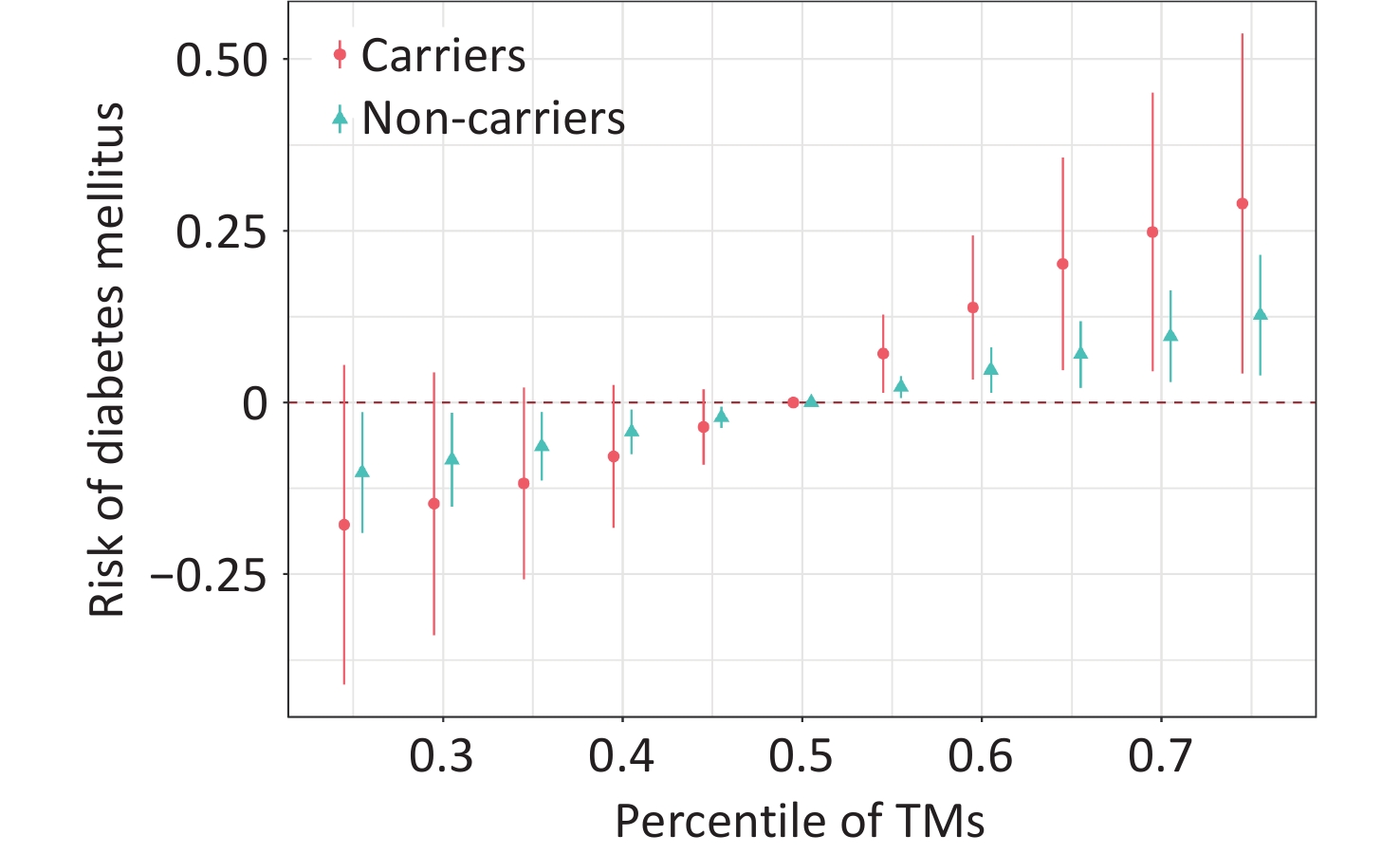


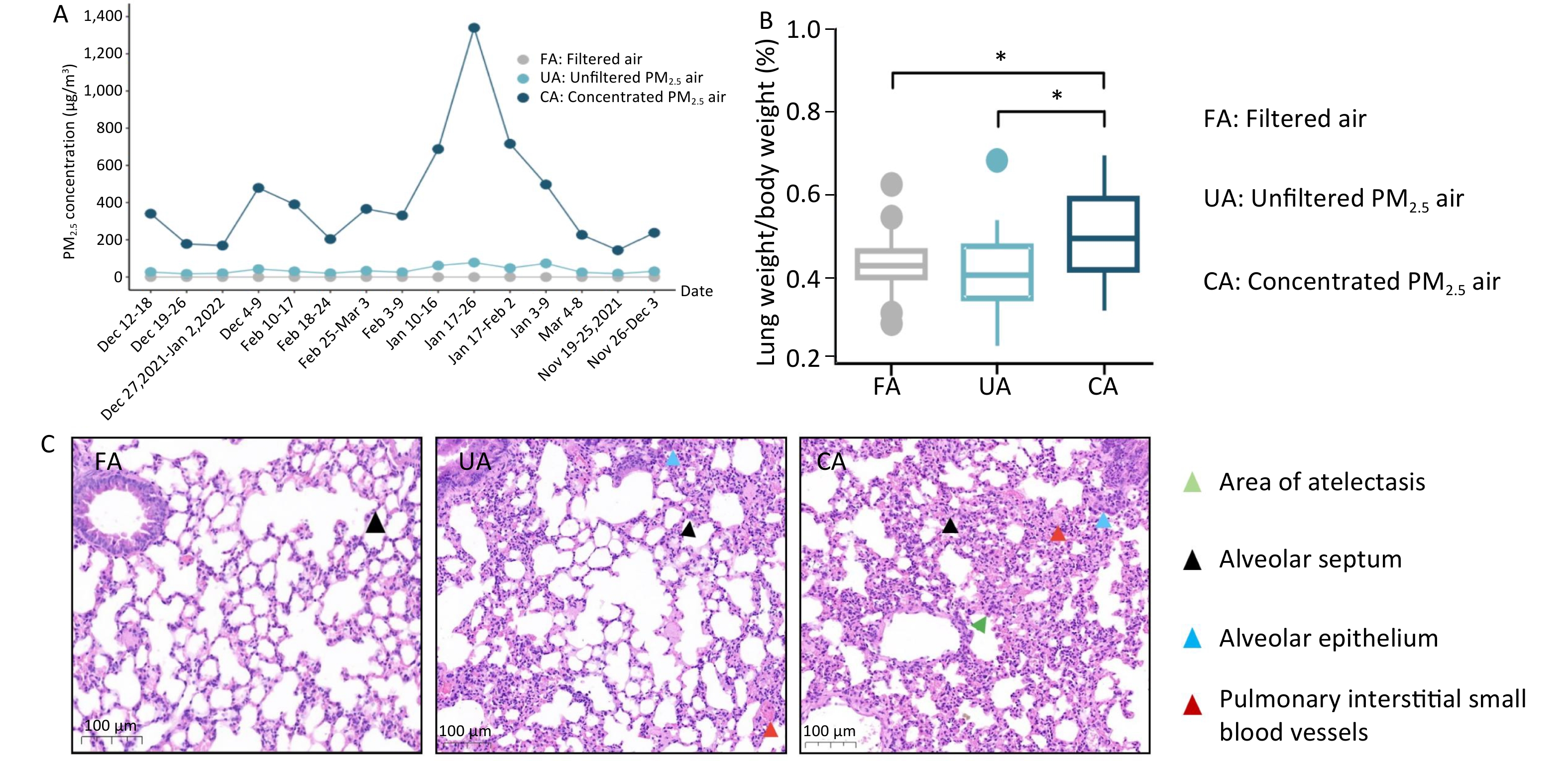

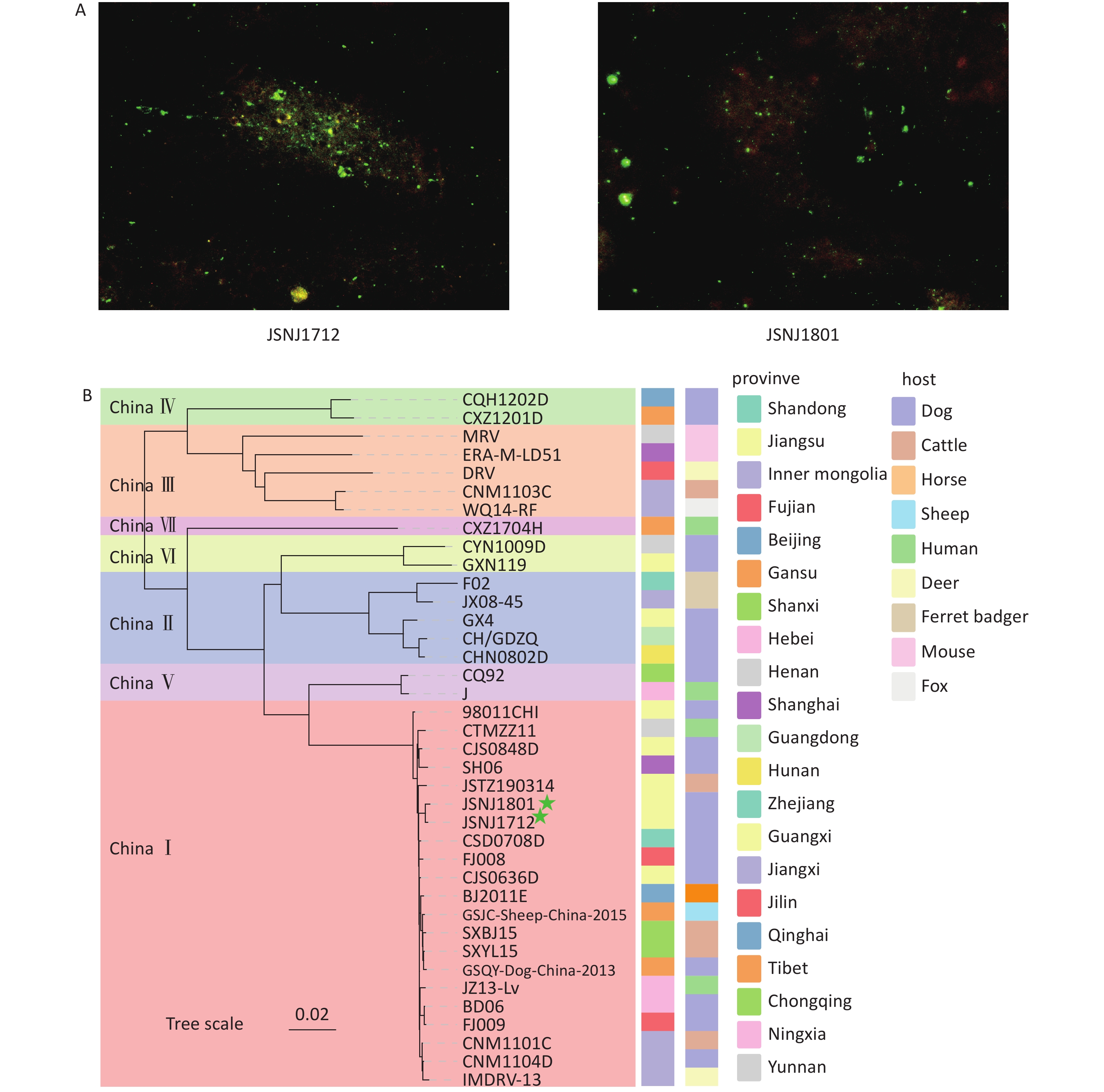
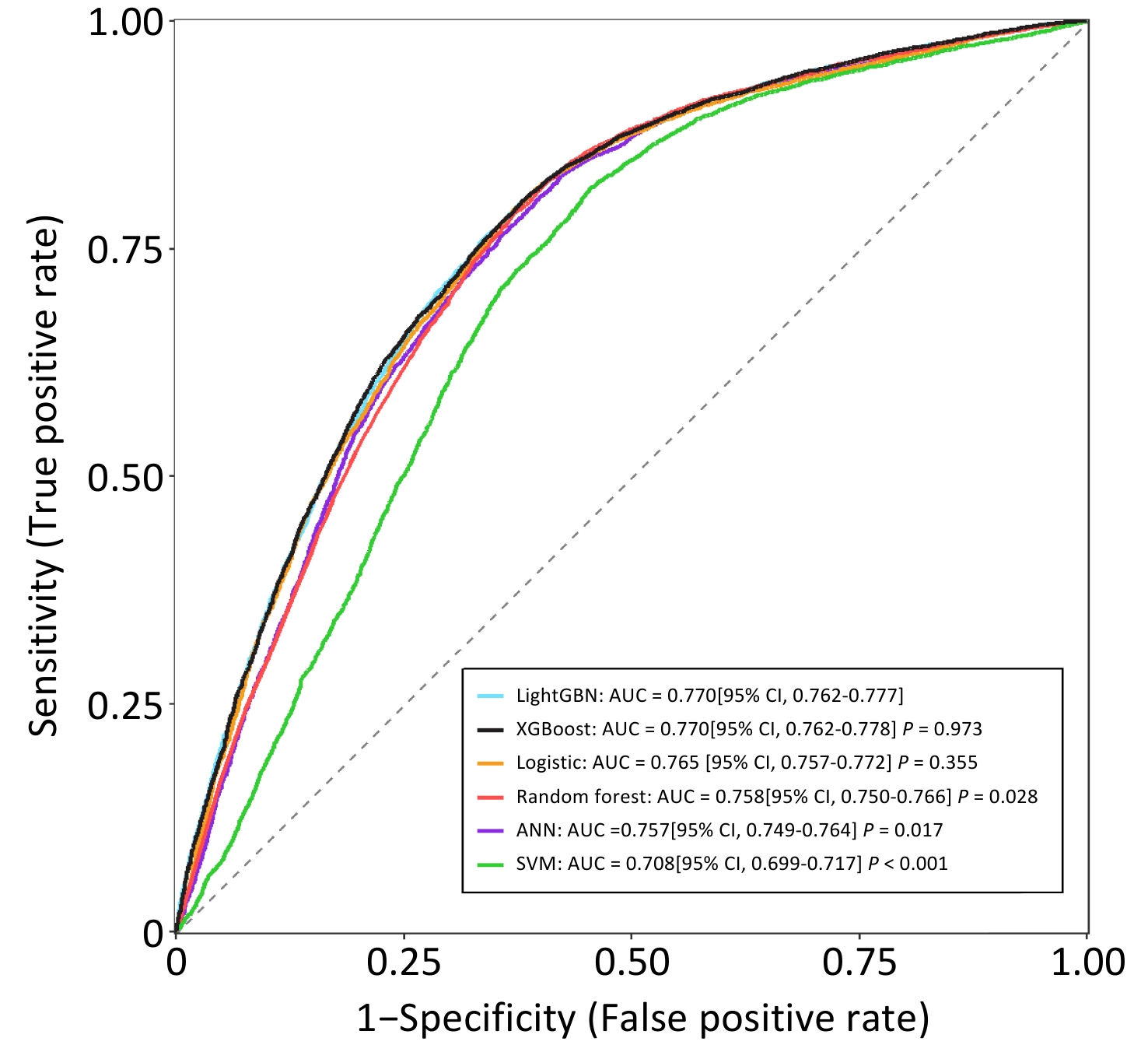
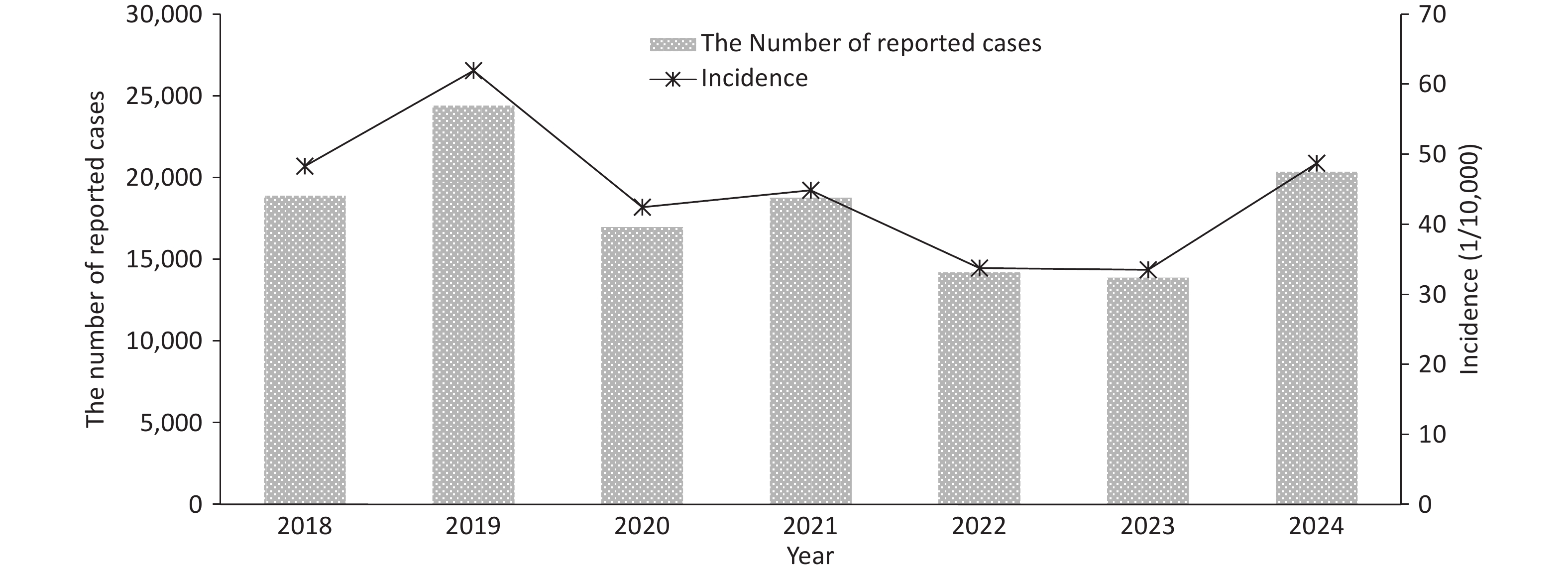
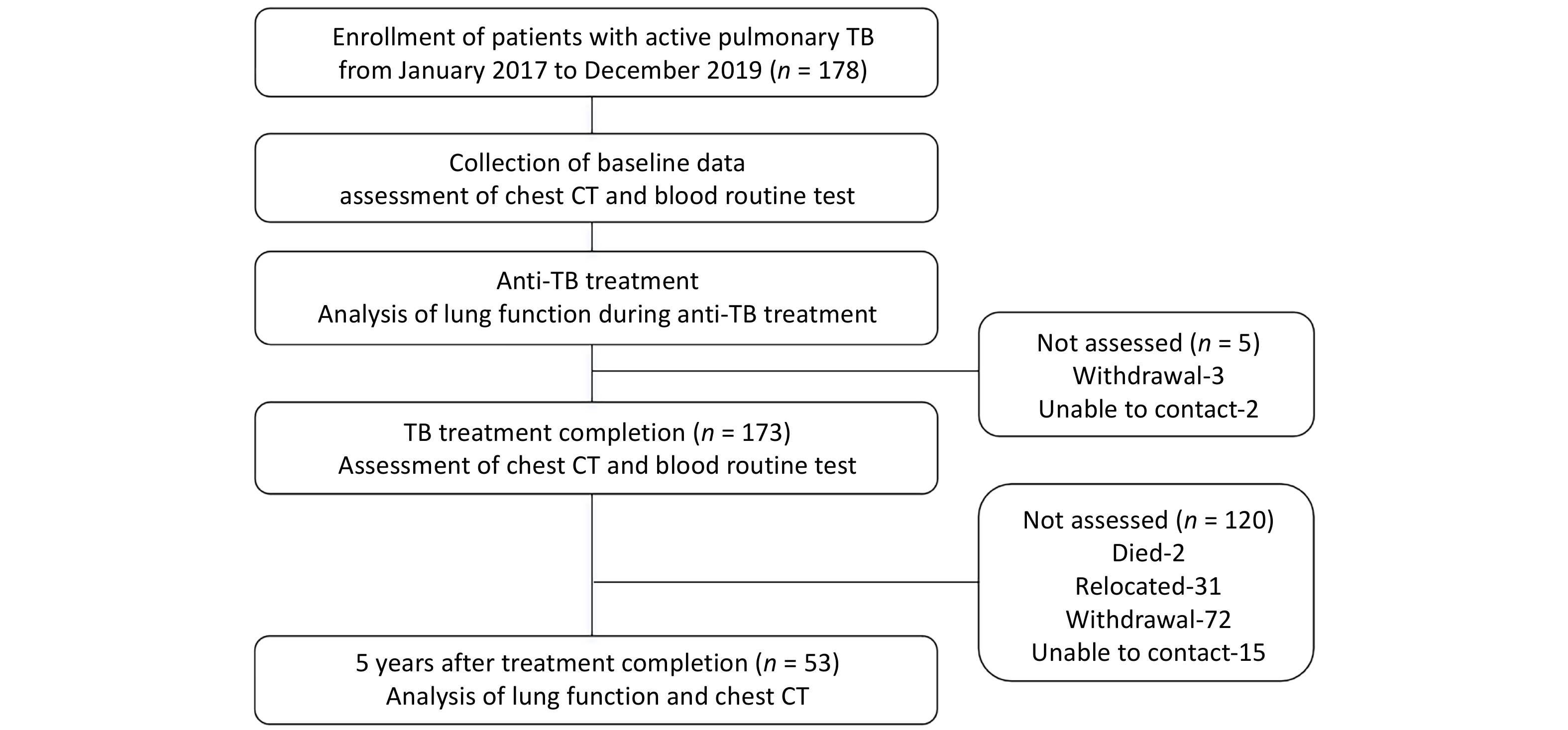
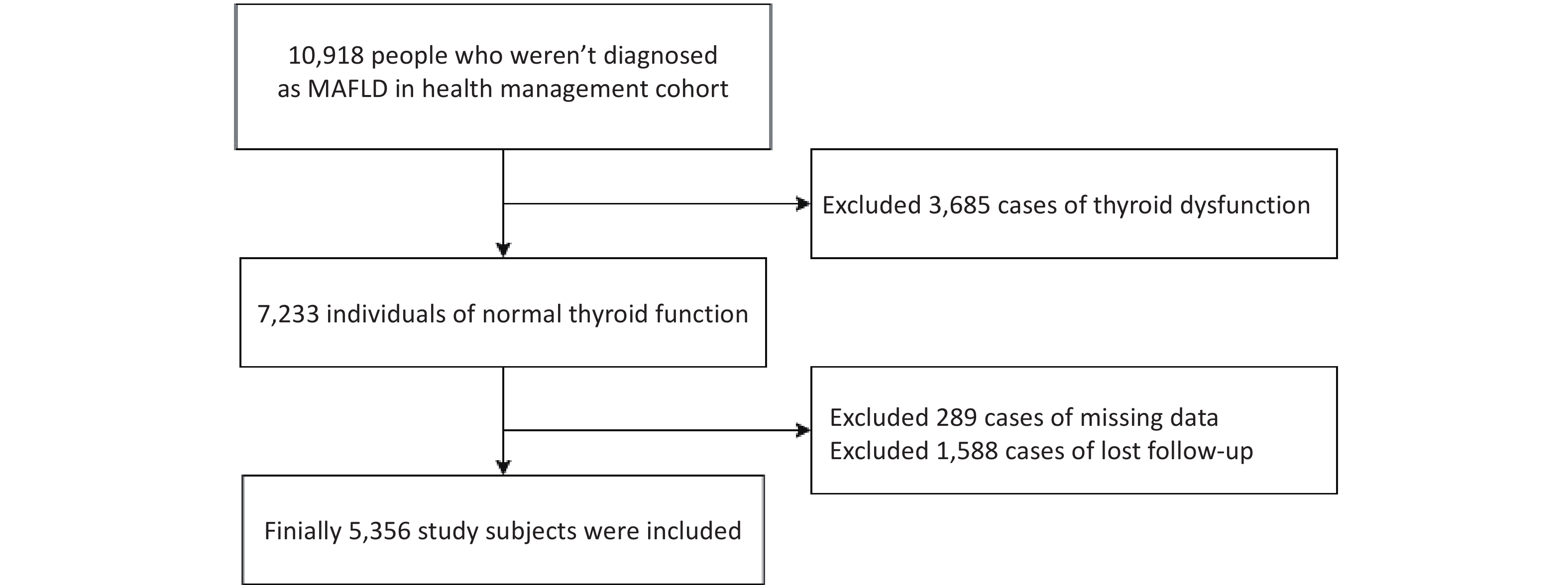
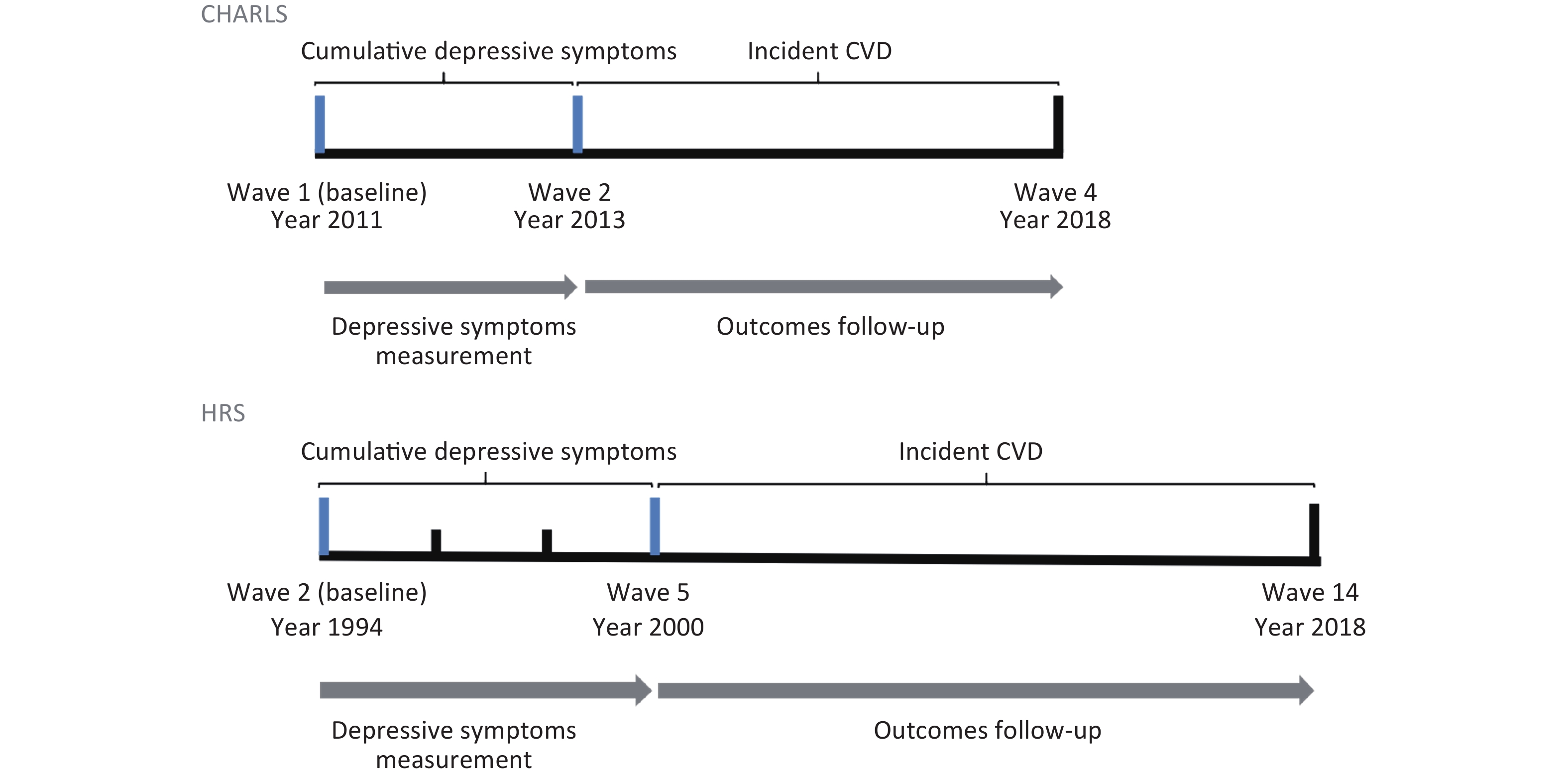
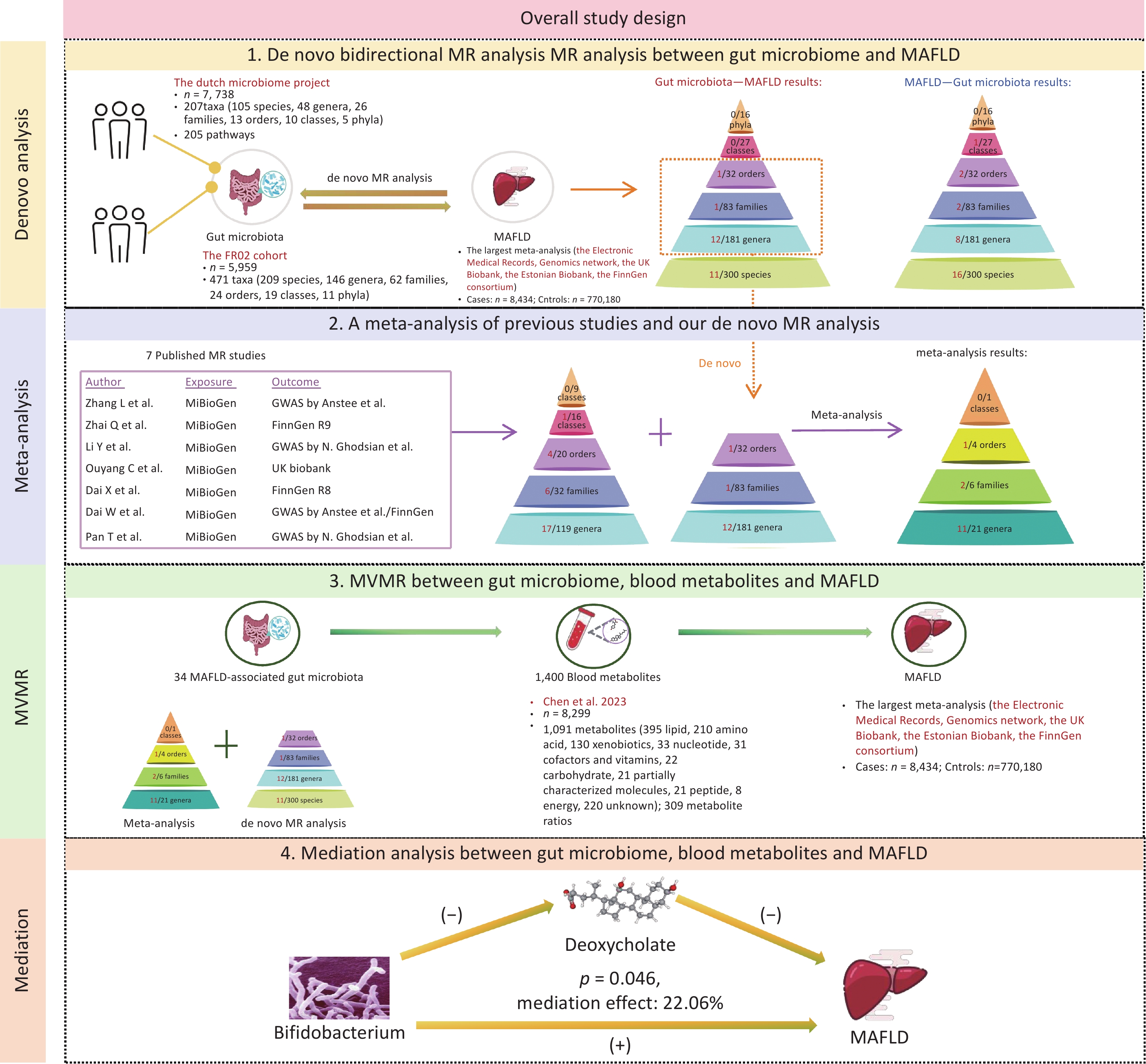
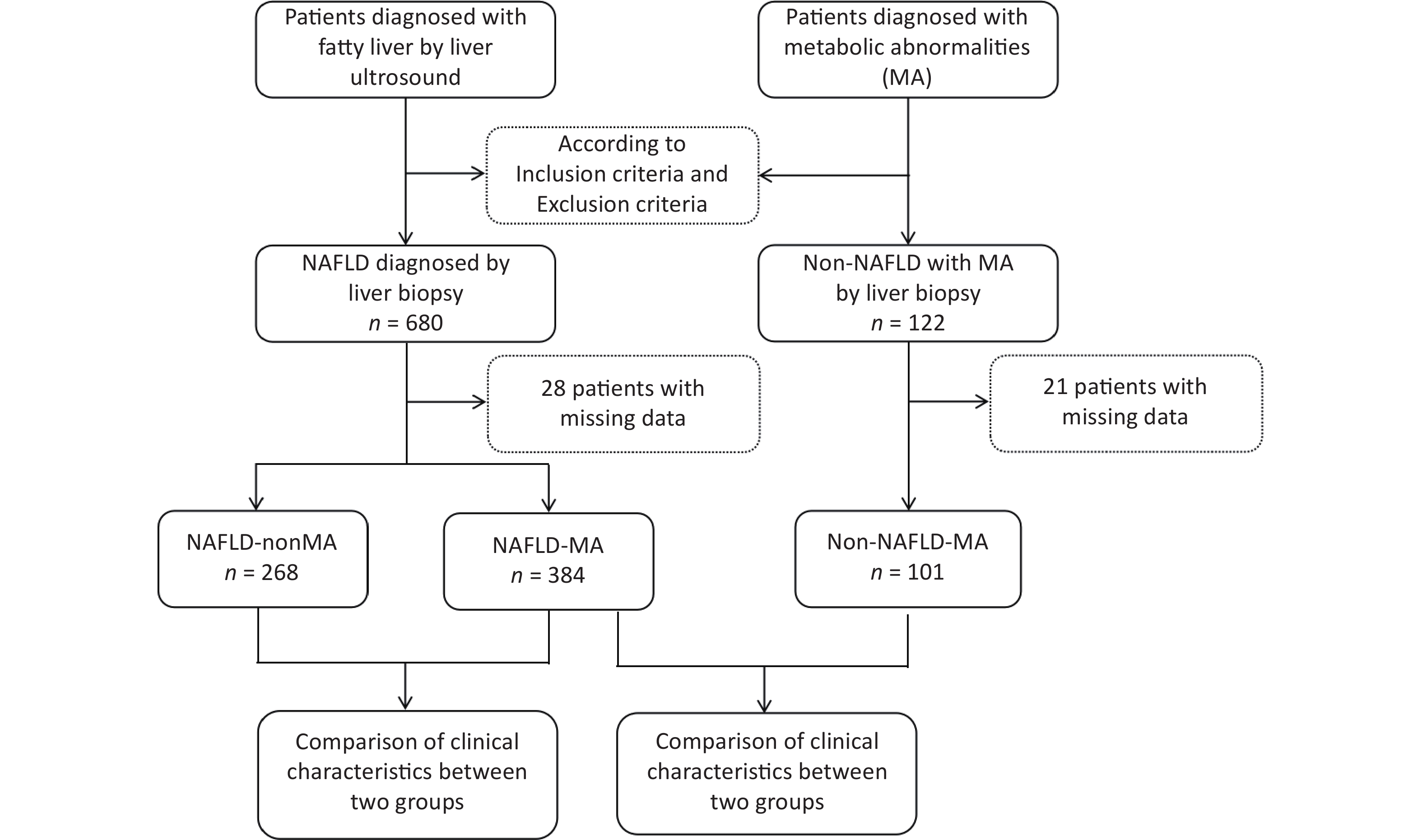
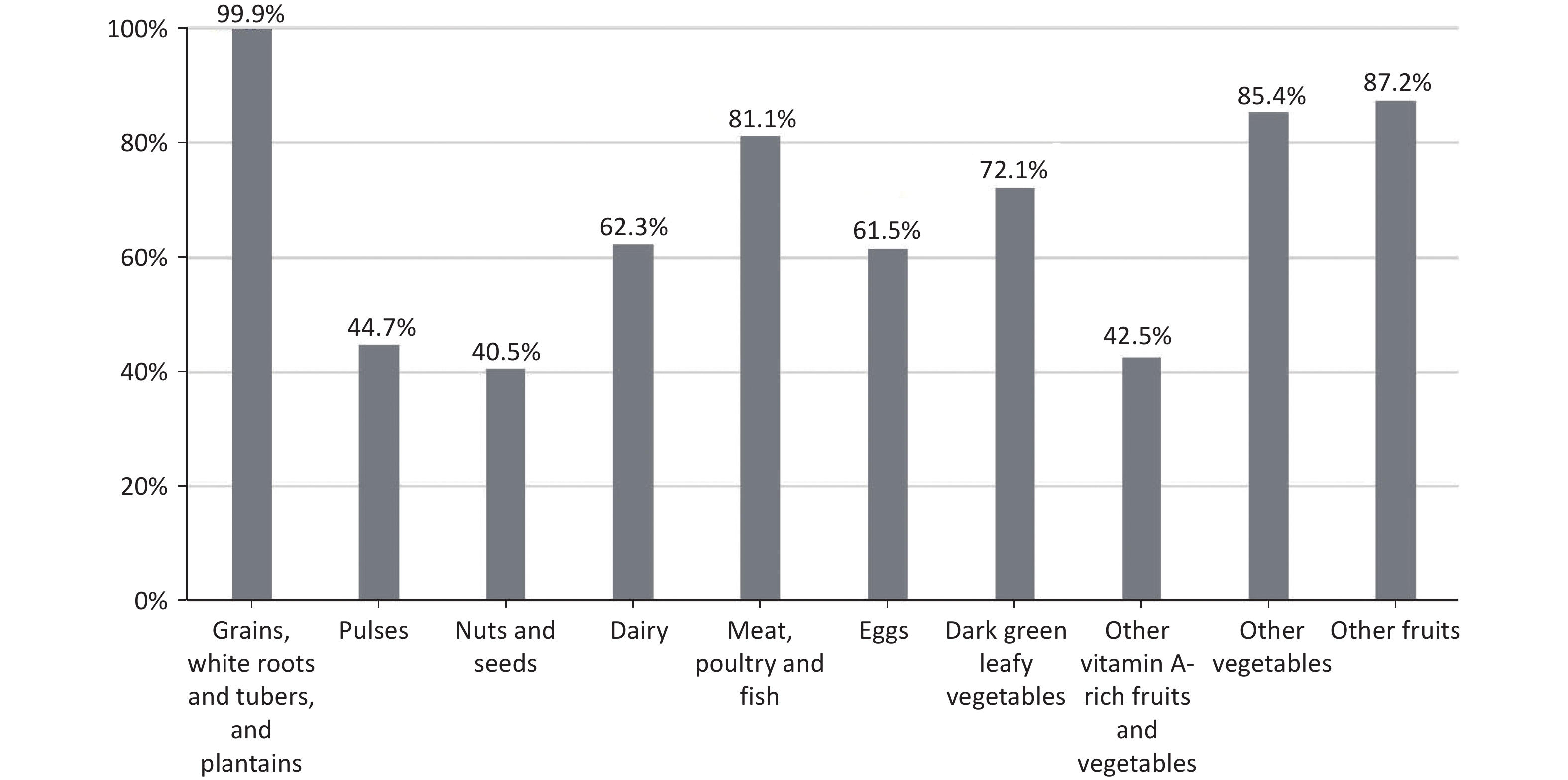
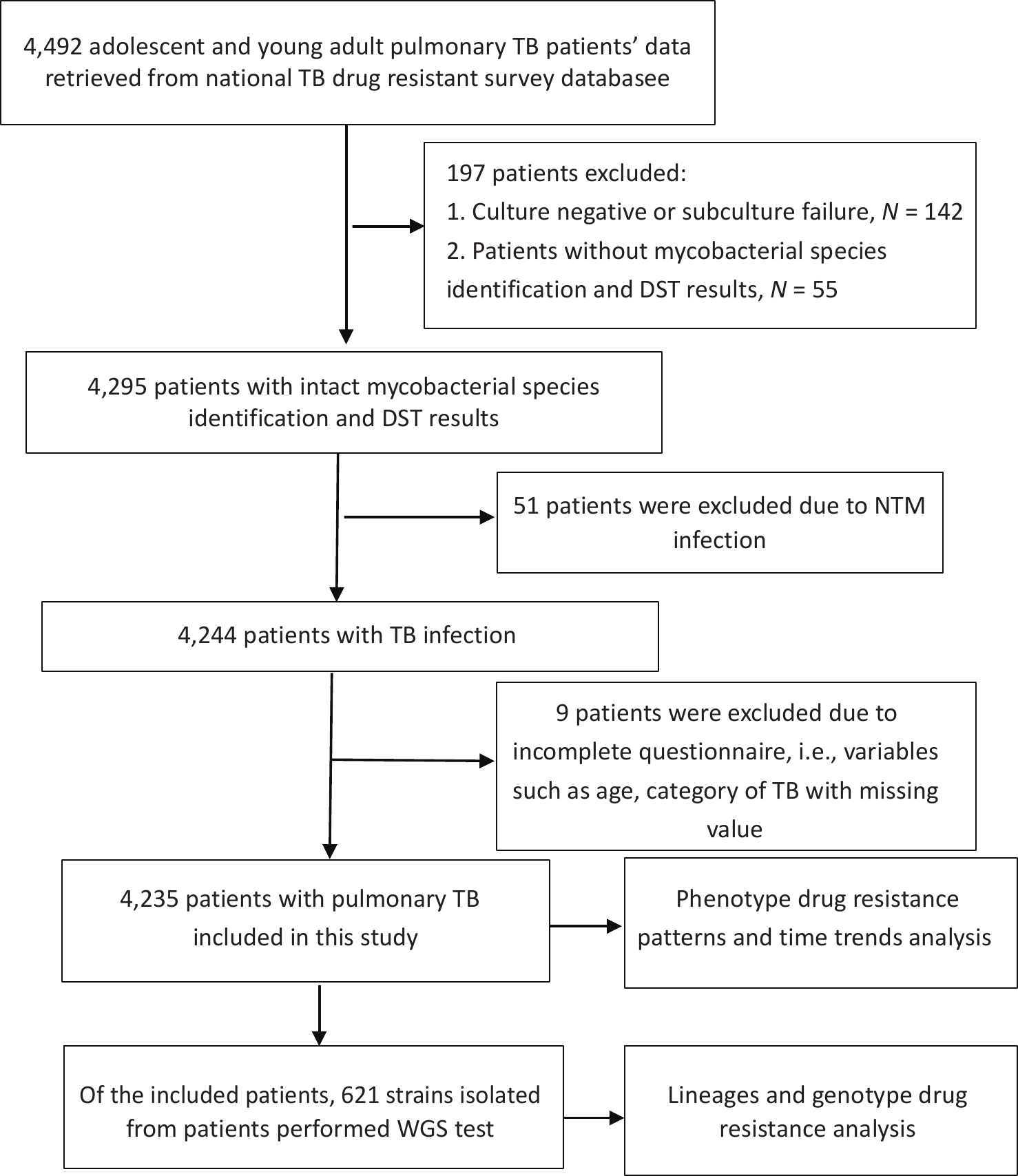

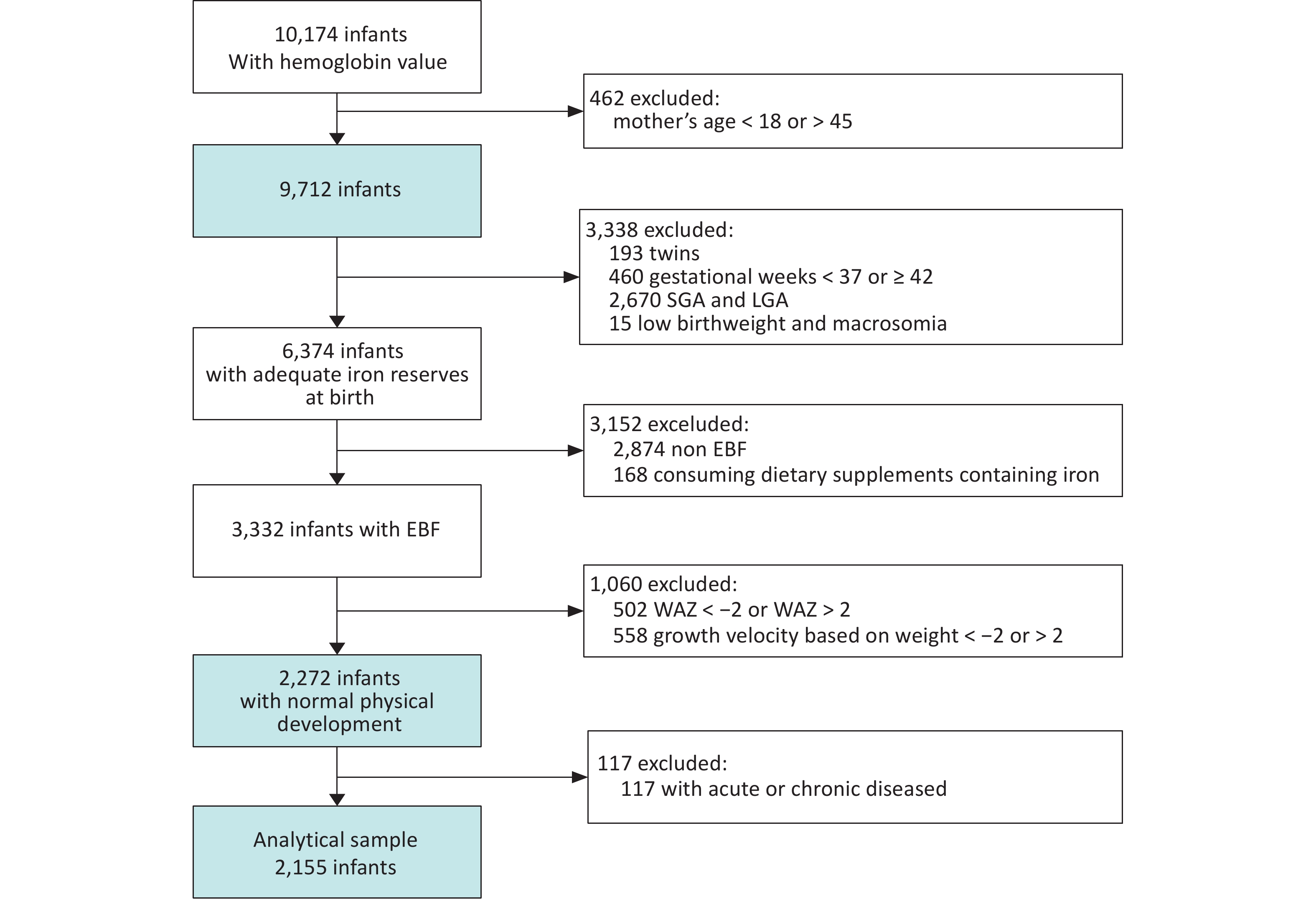
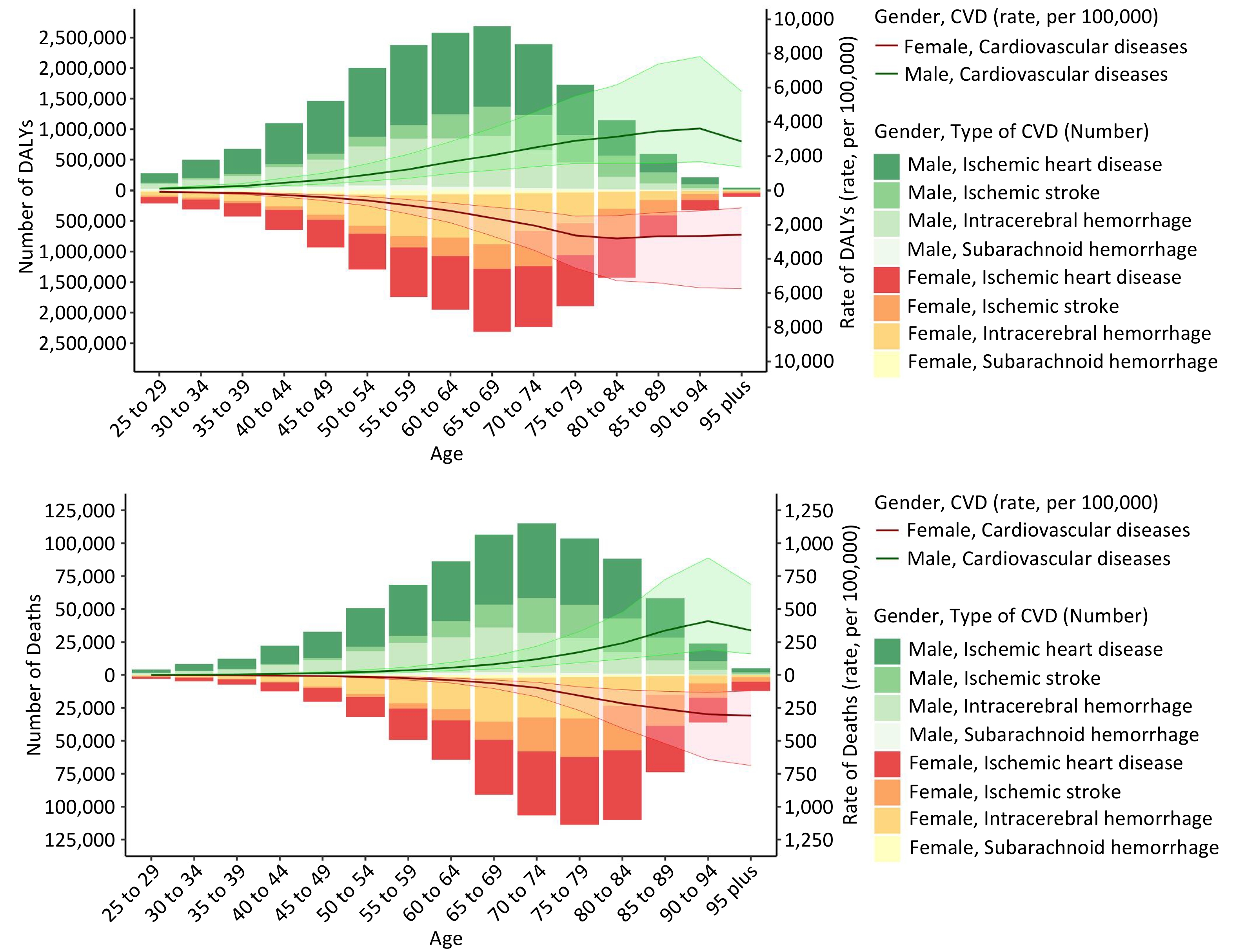
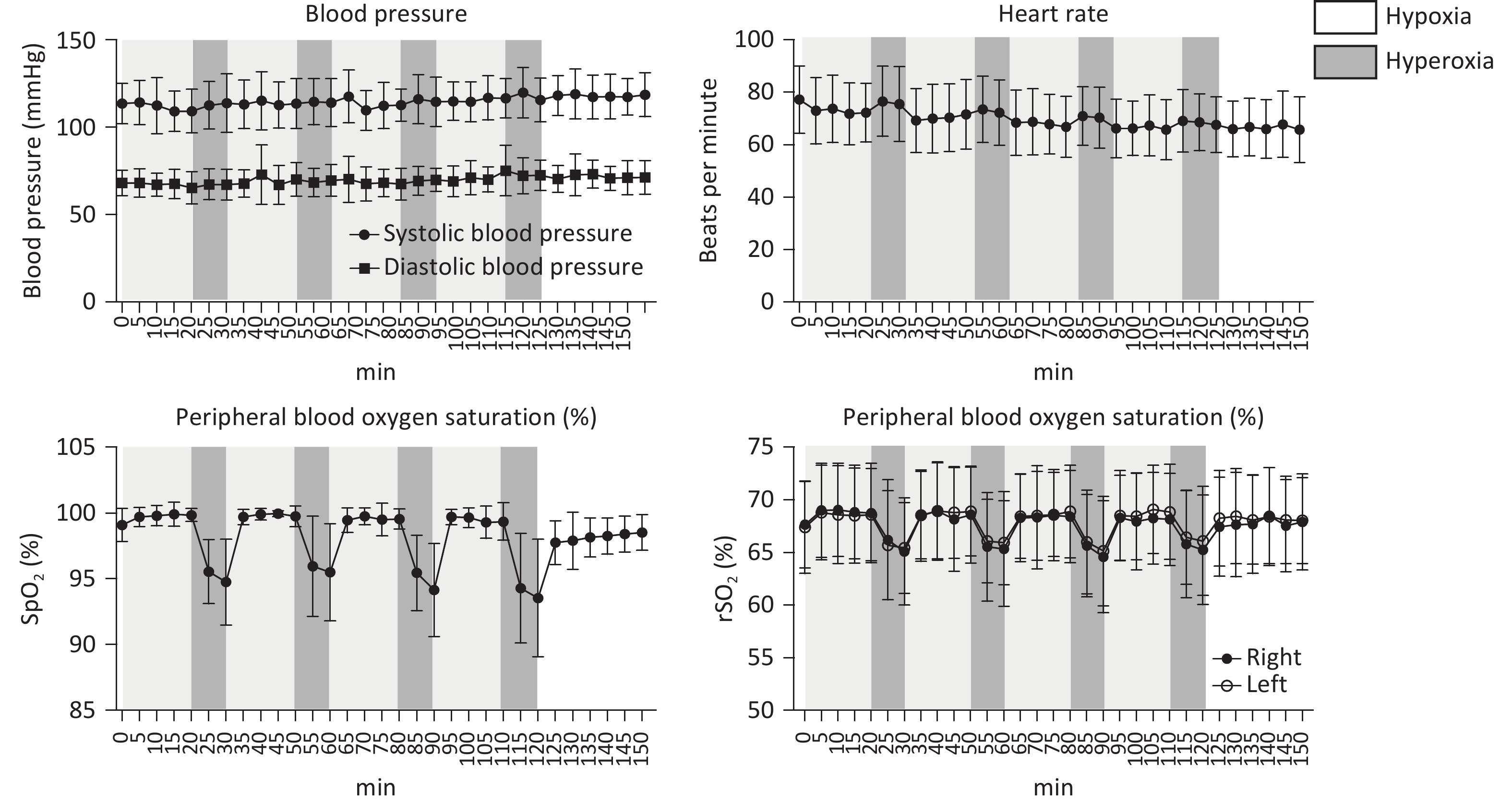

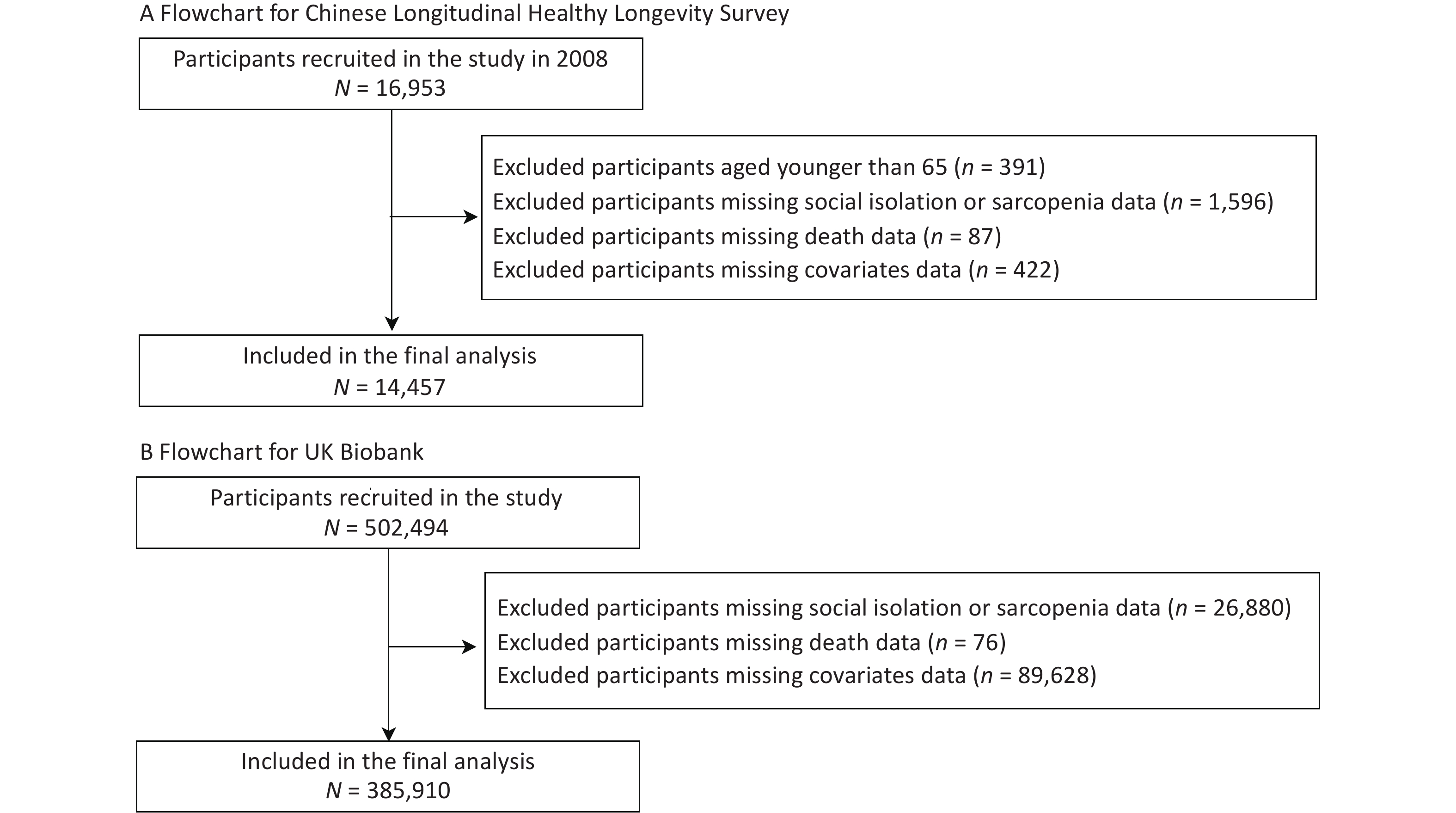
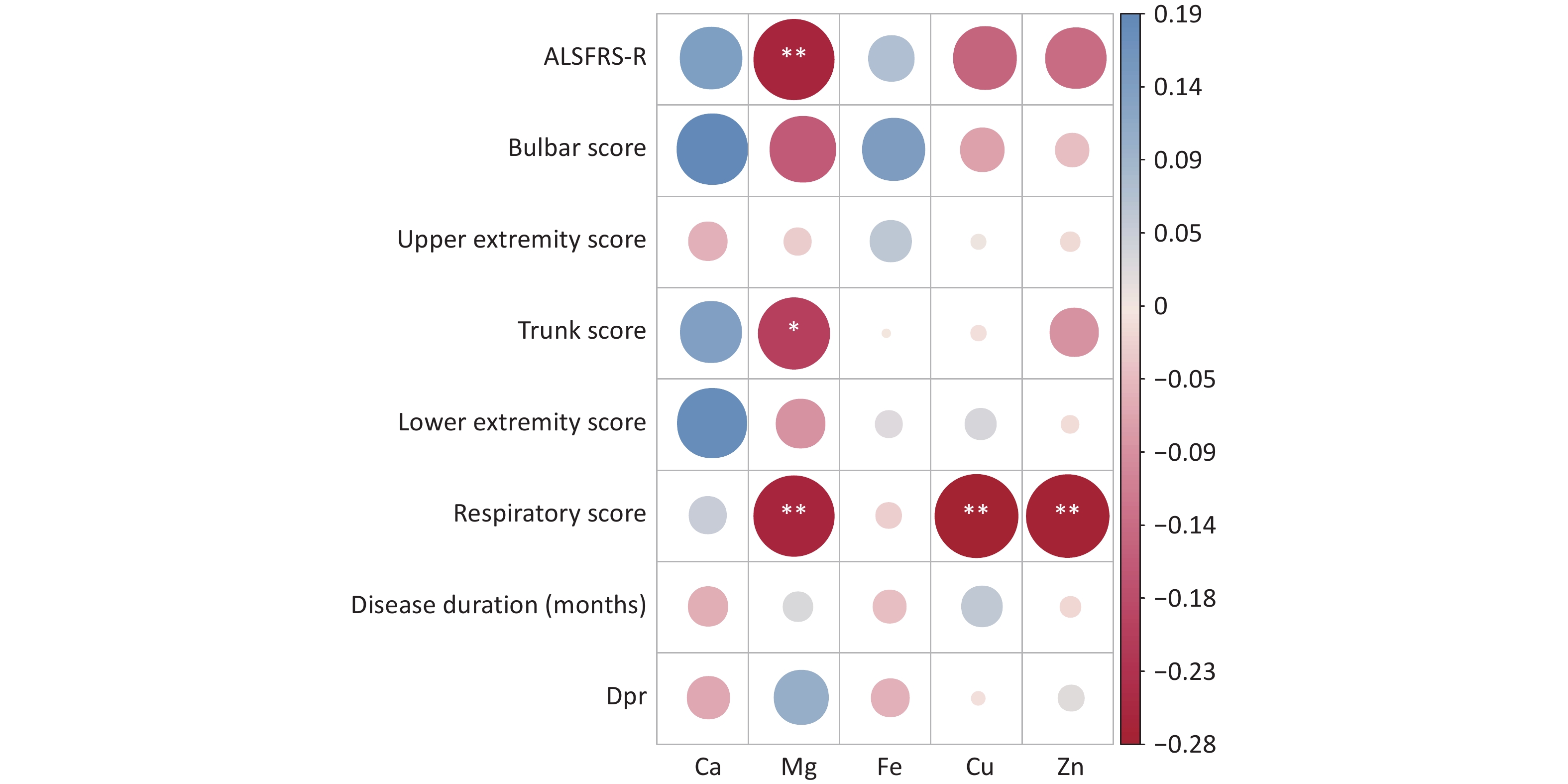
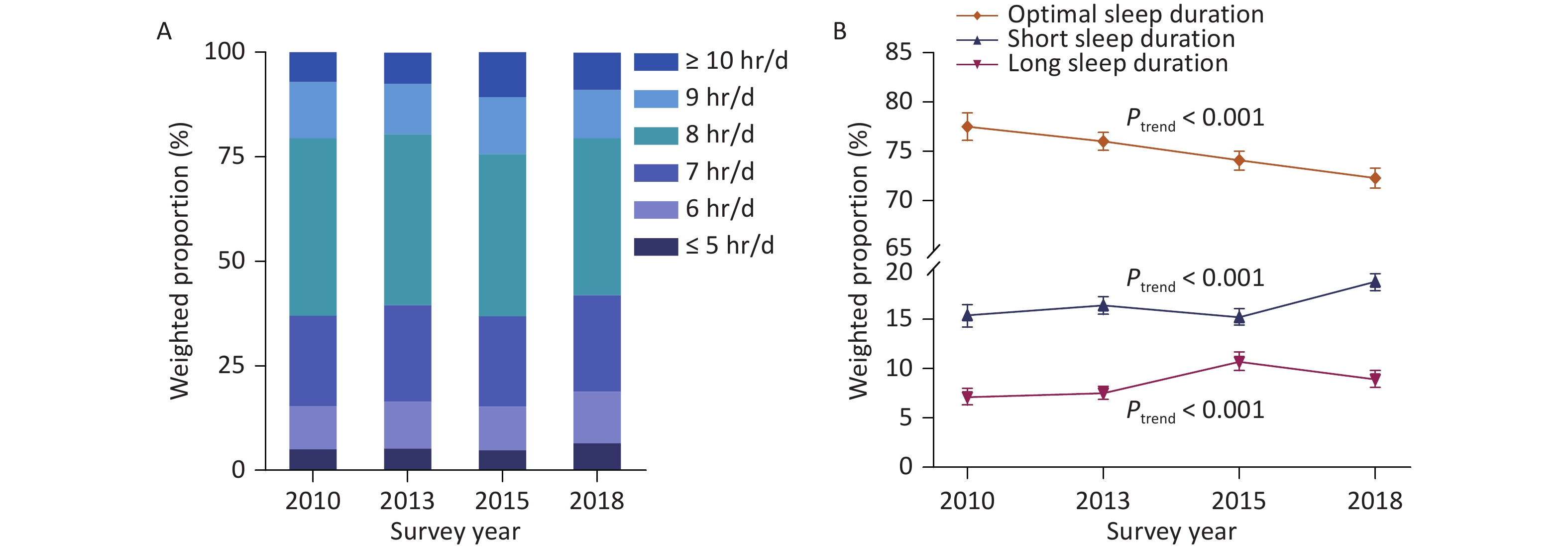
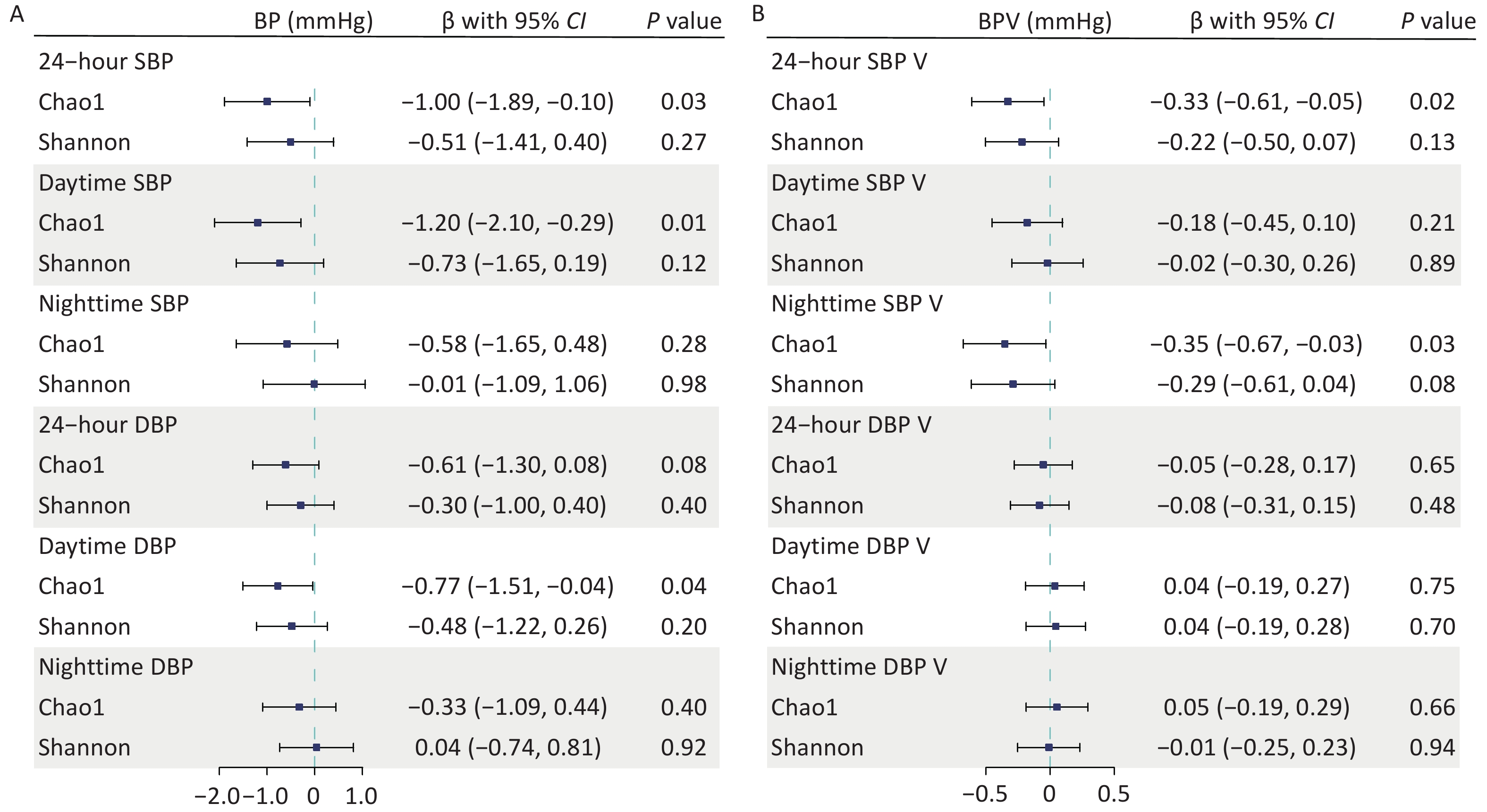

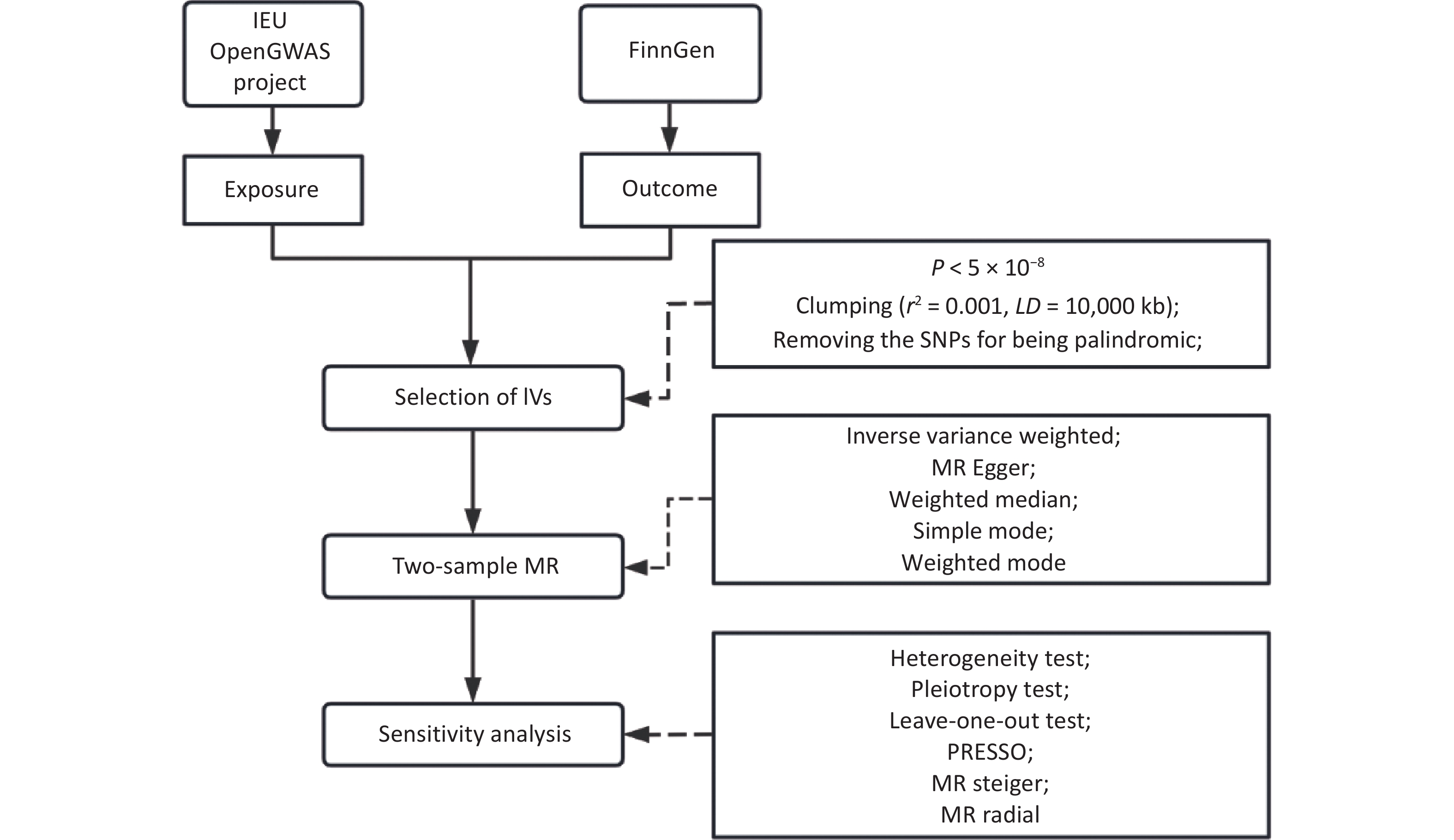
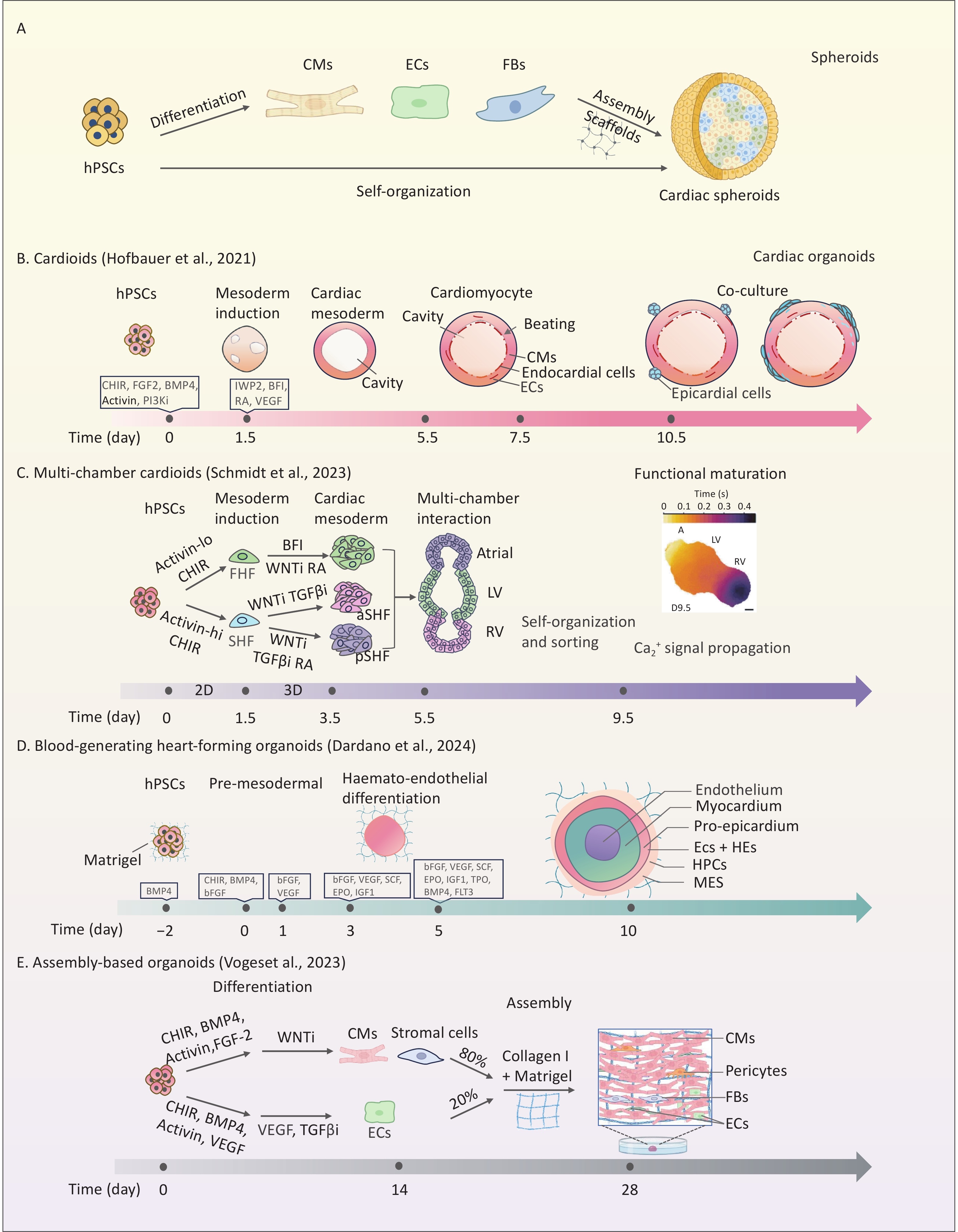
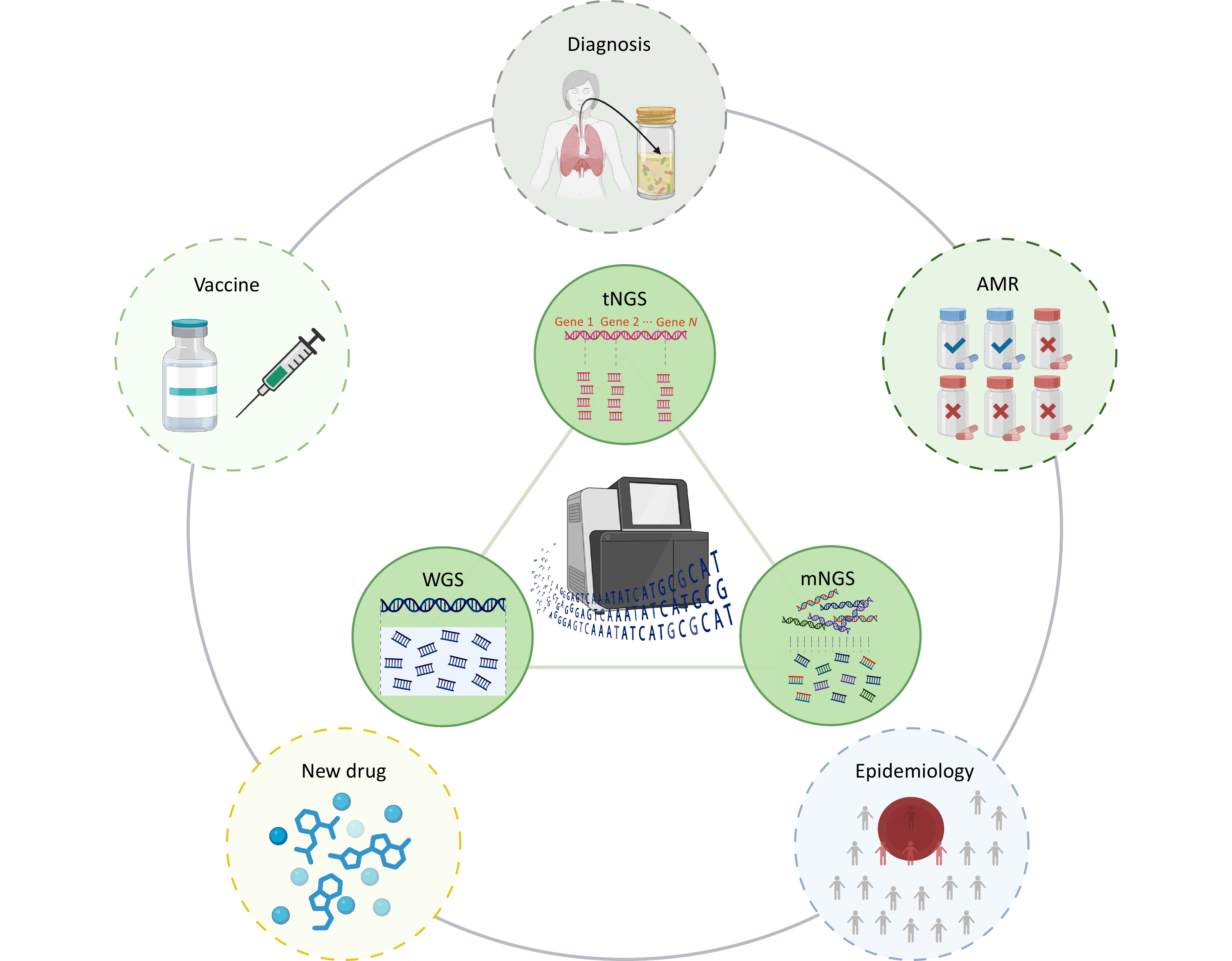
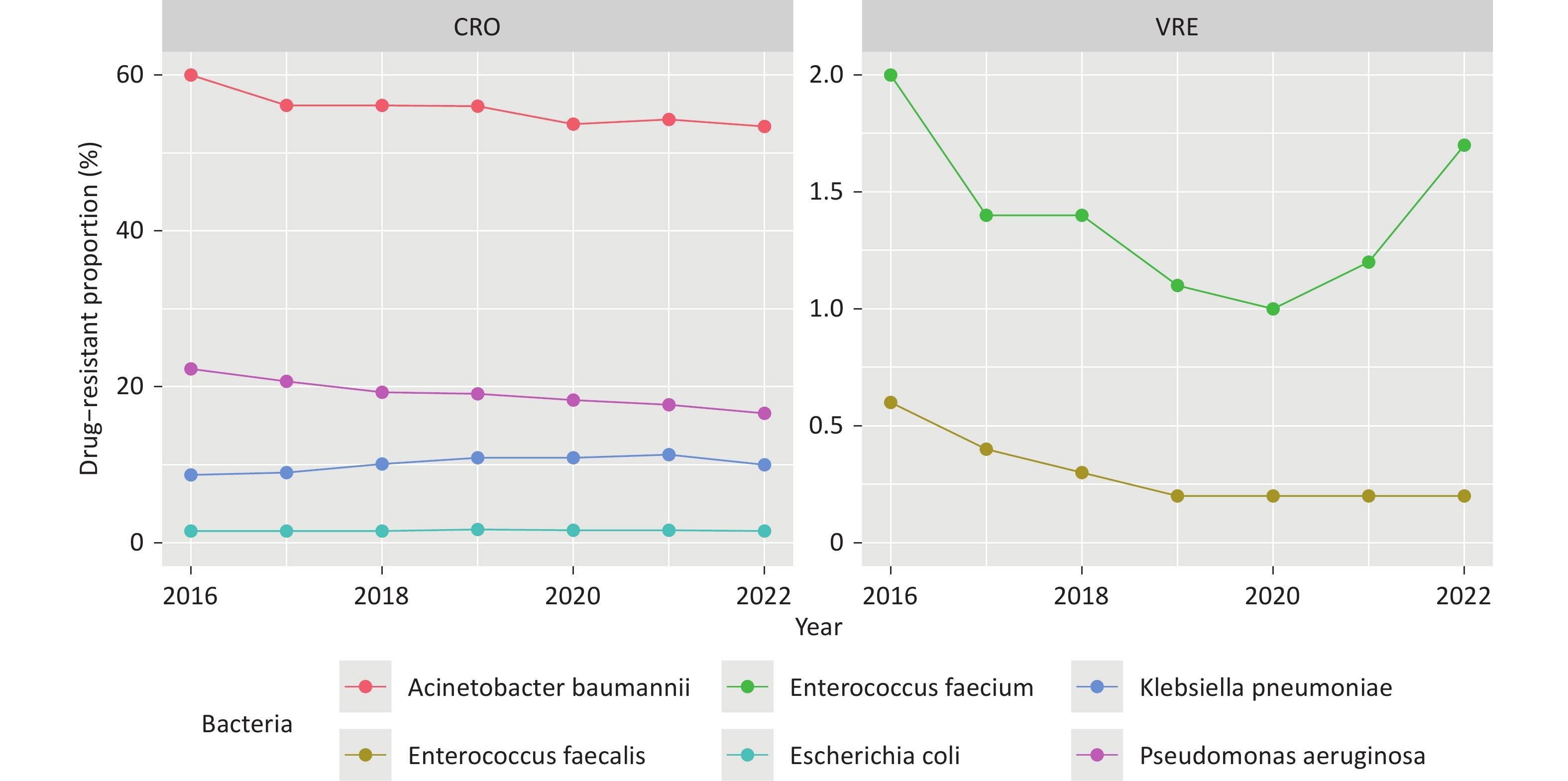
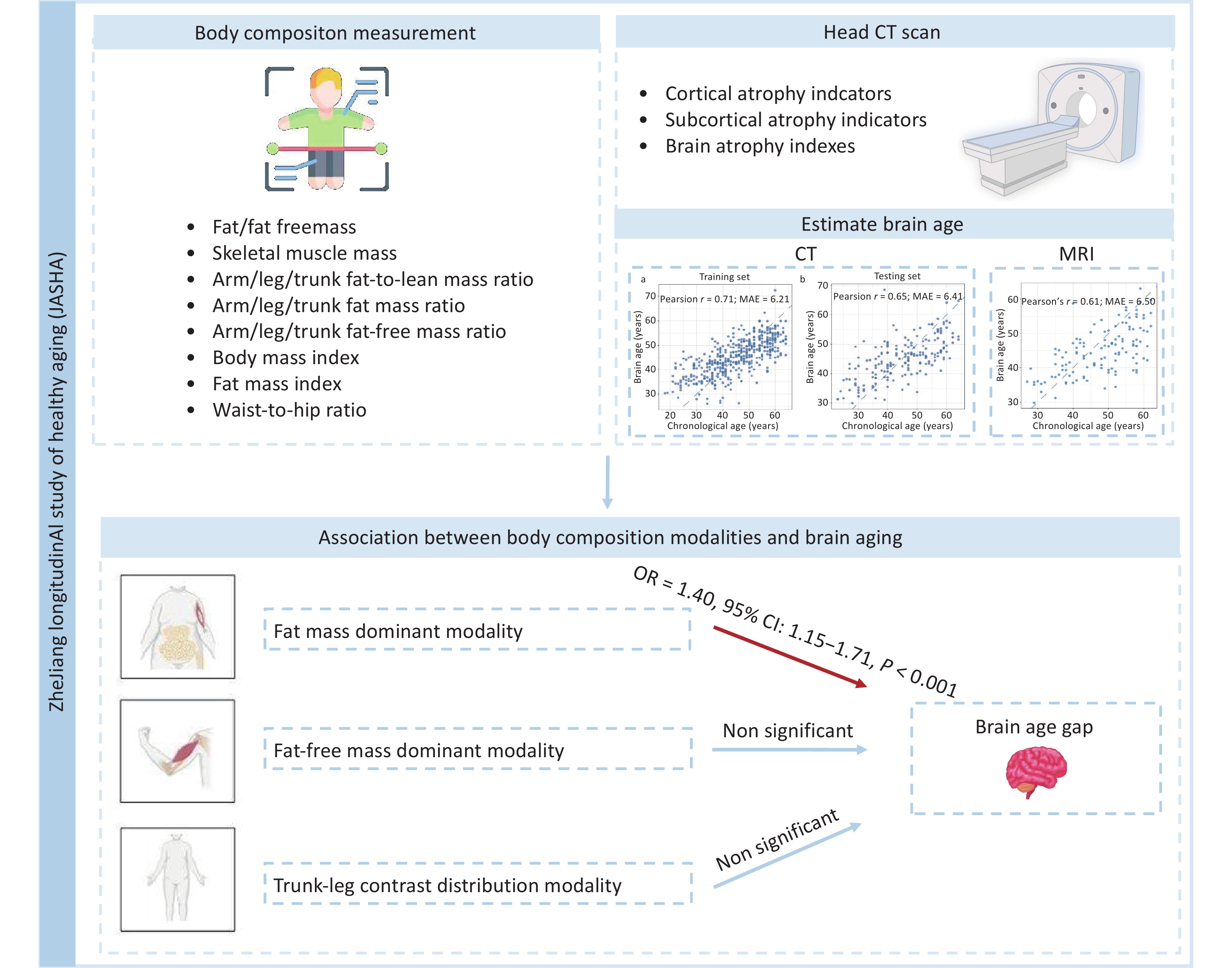
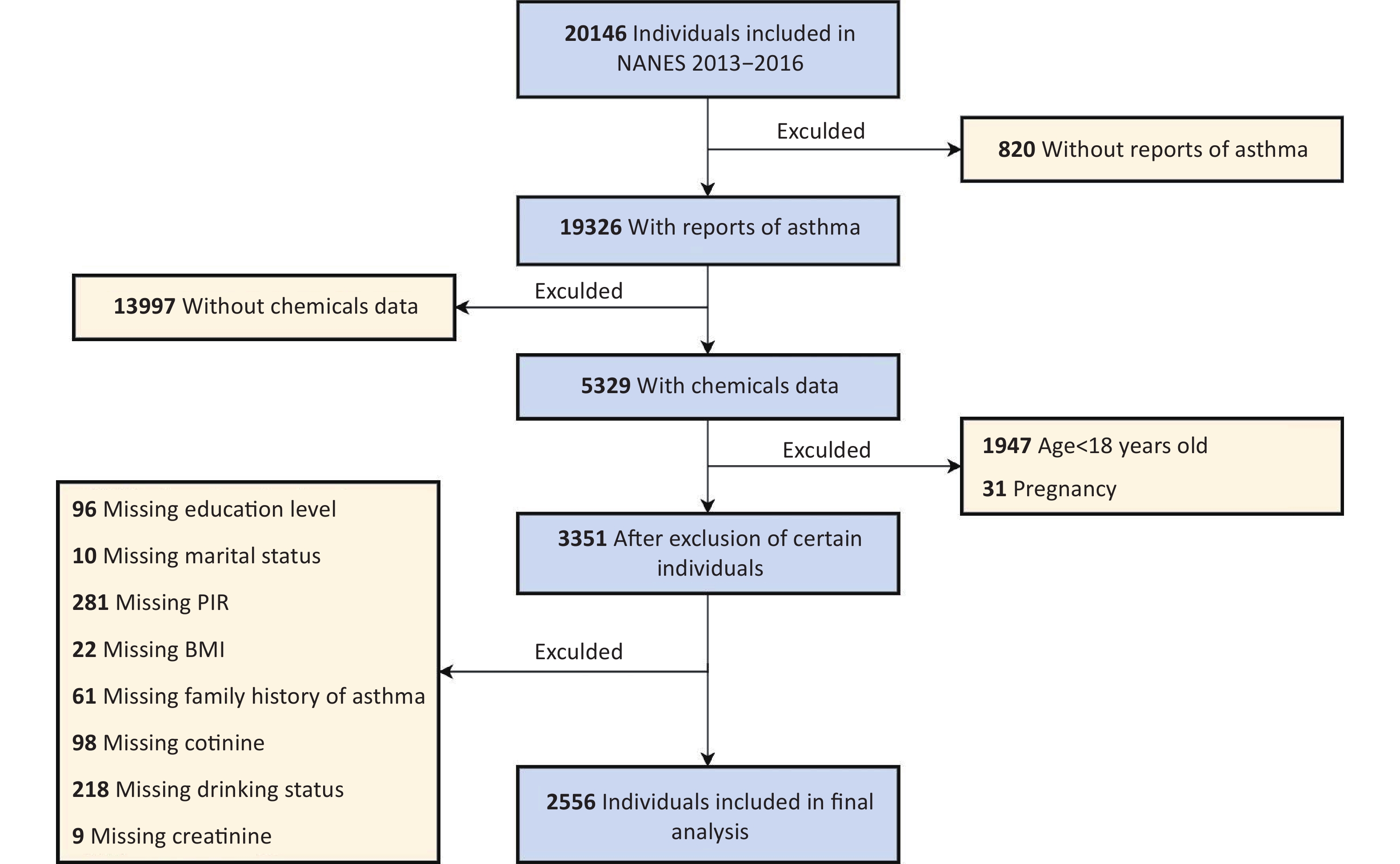
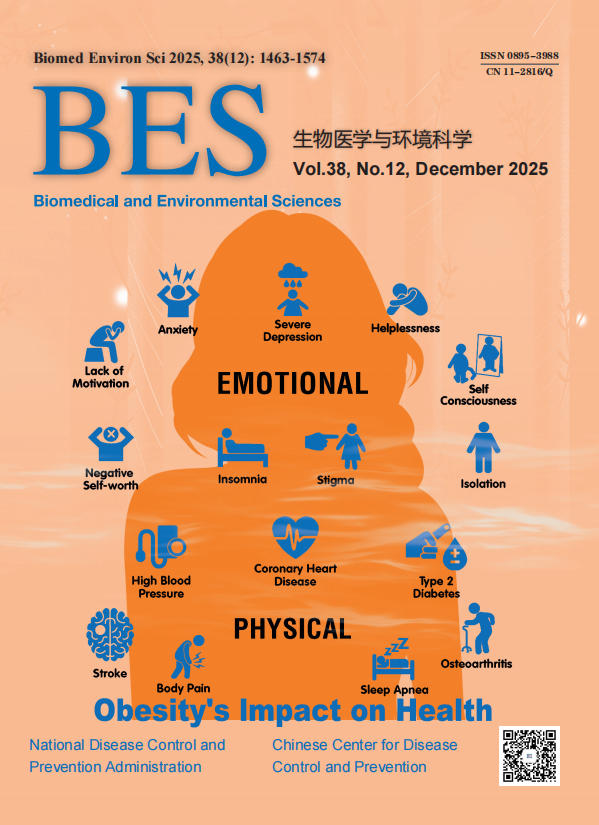












 Quick Links
Quick Links